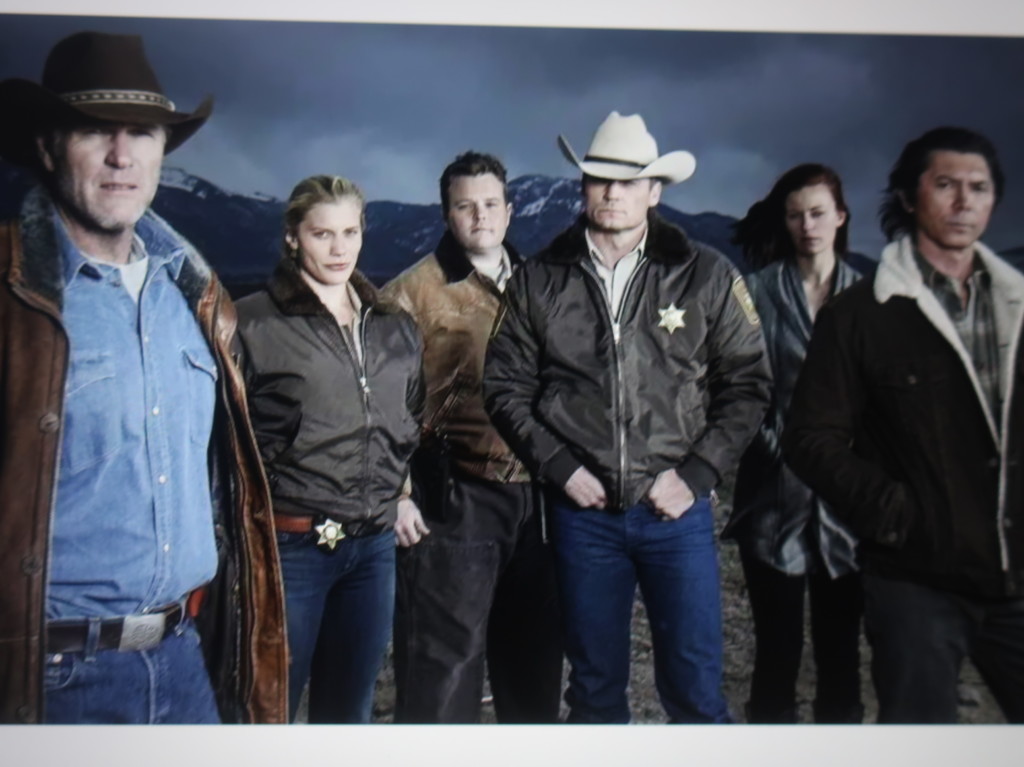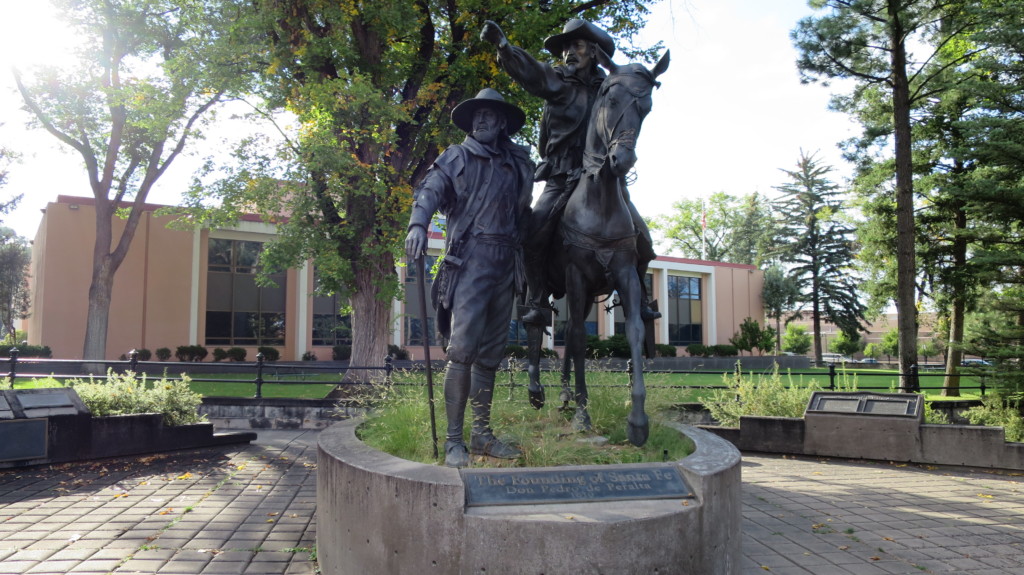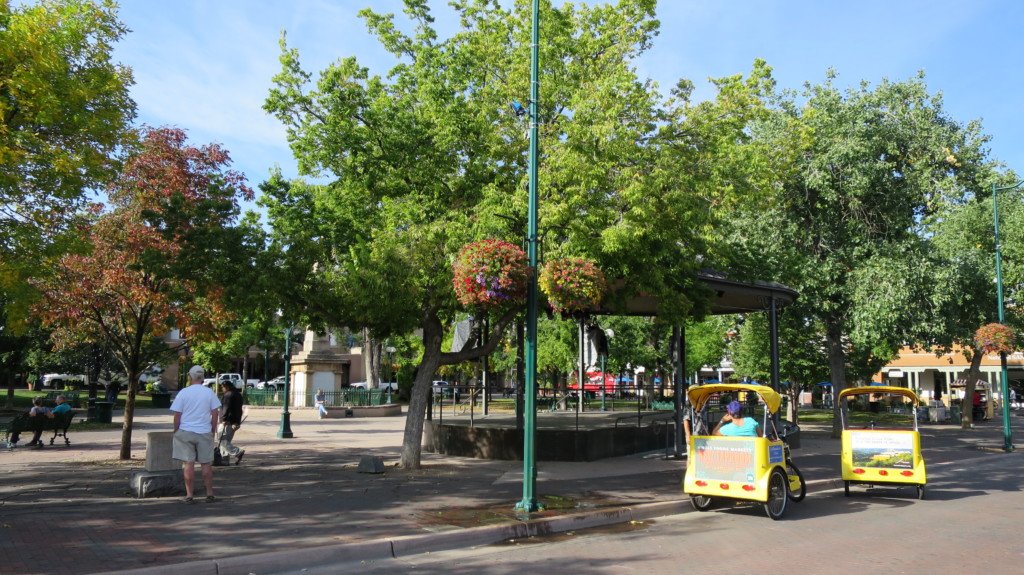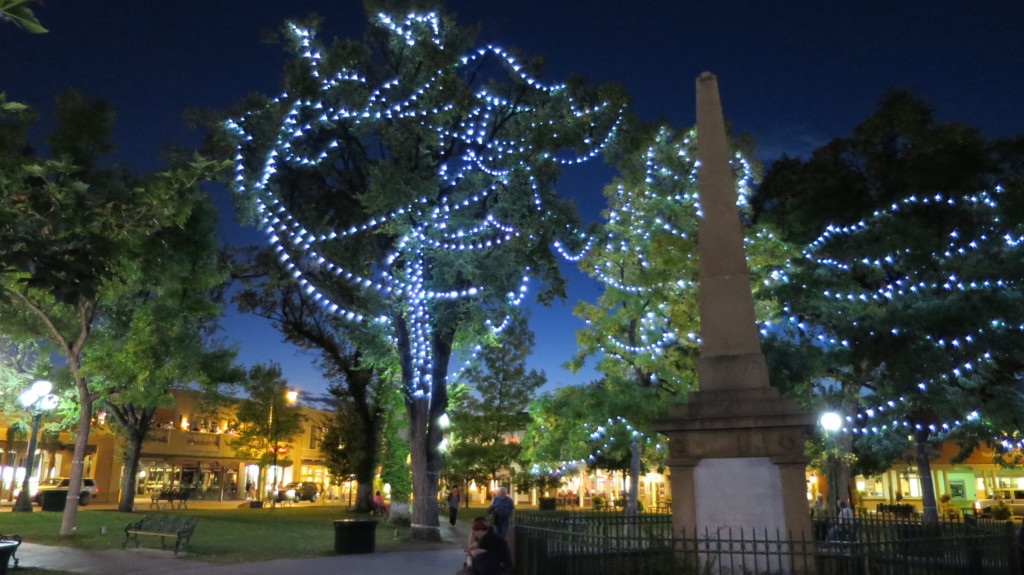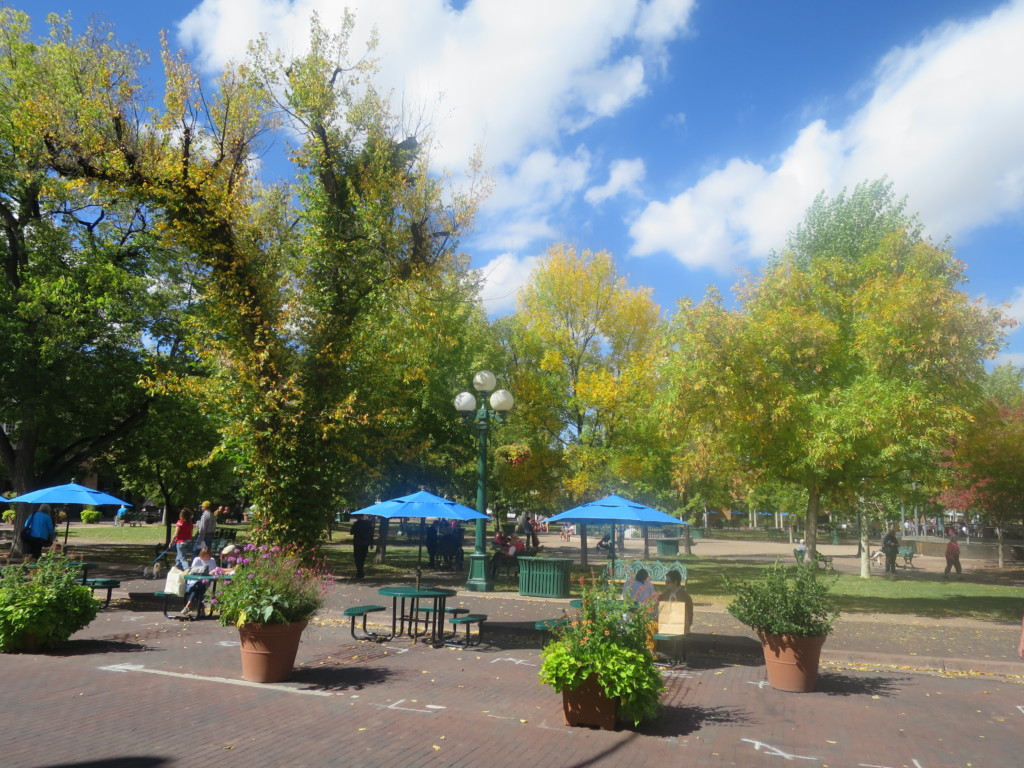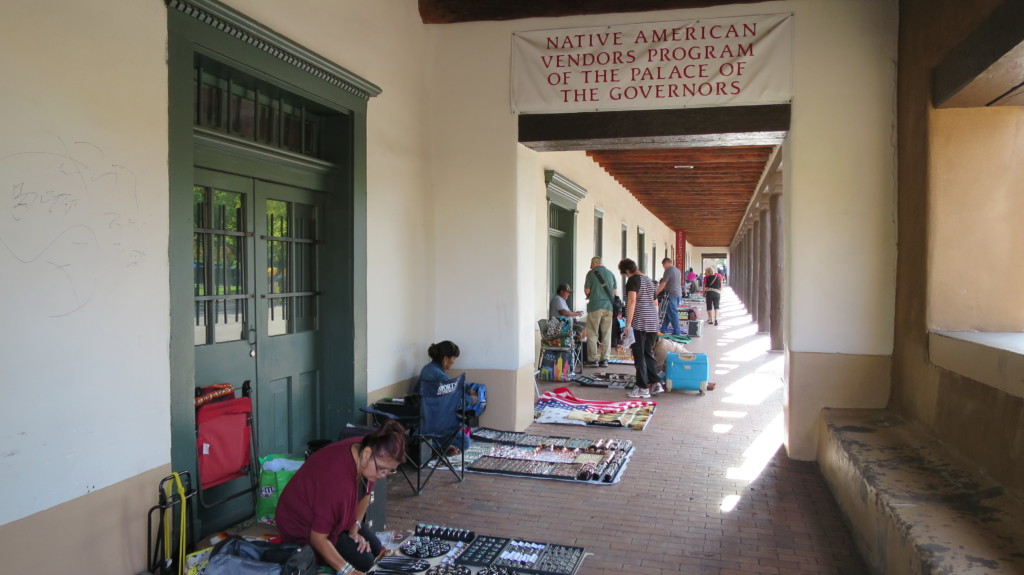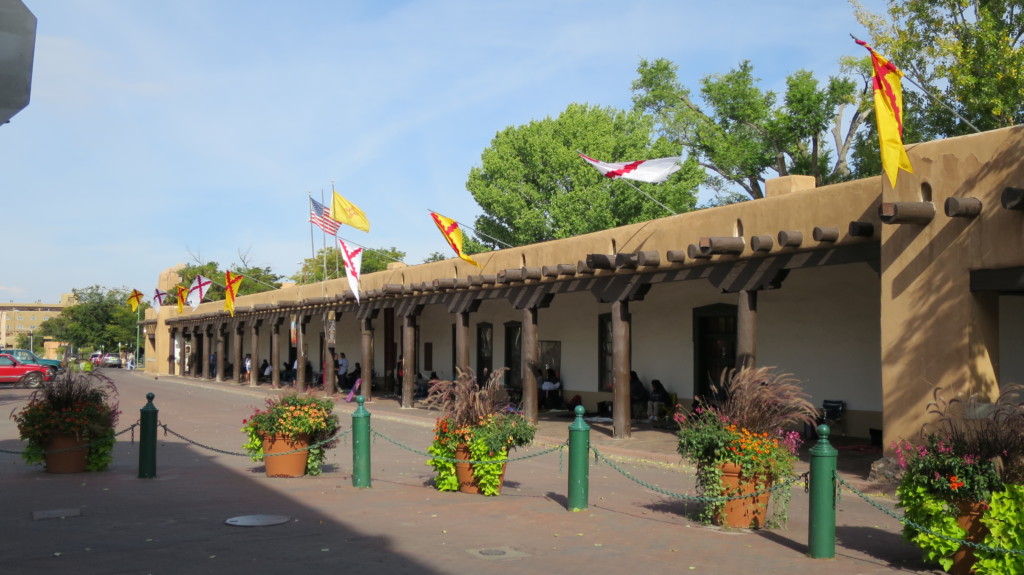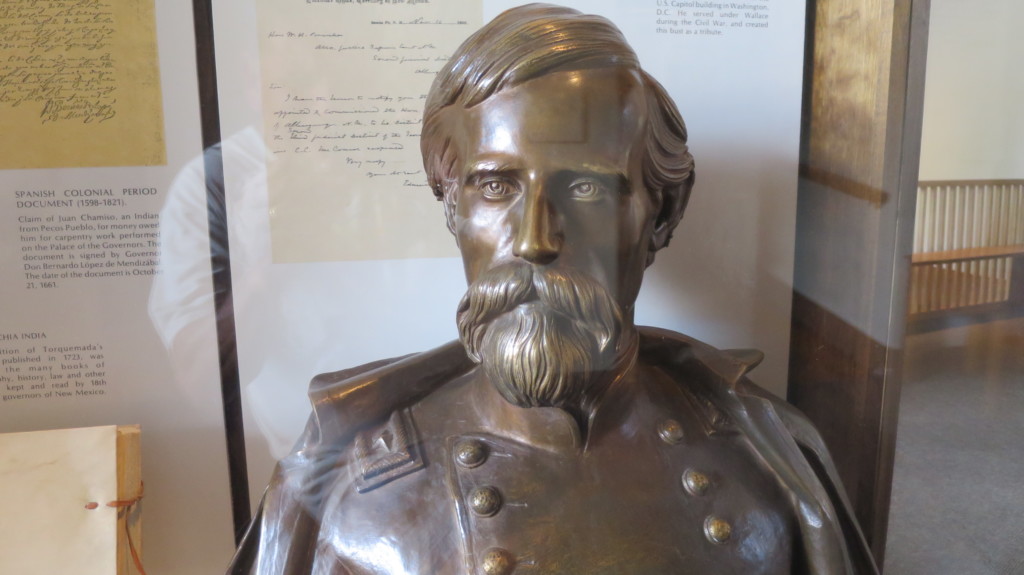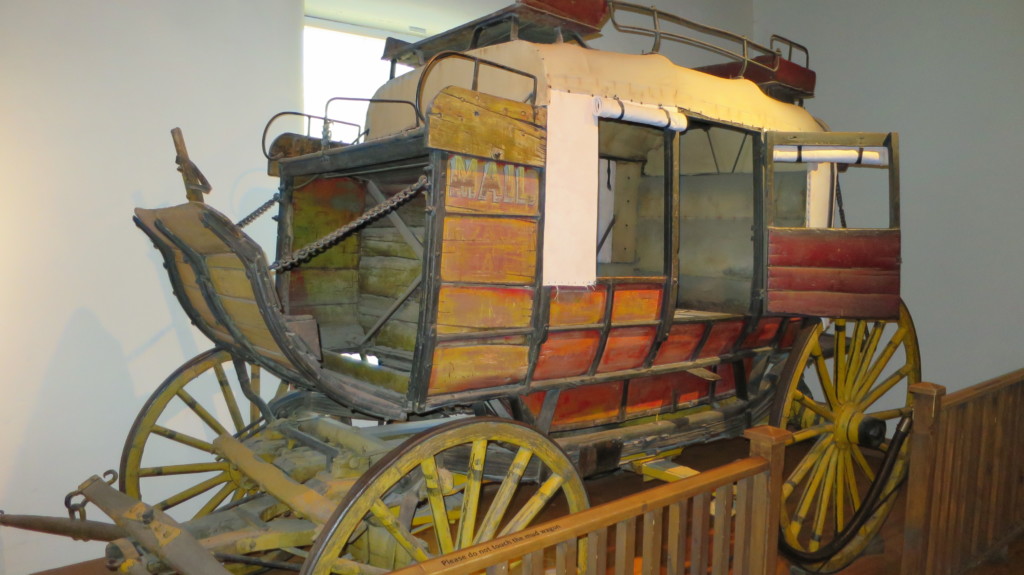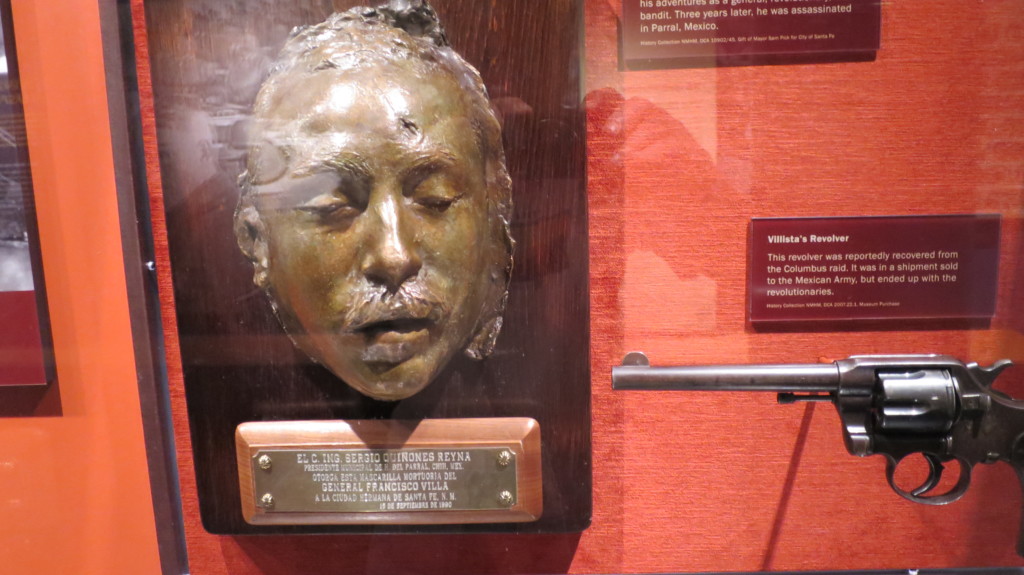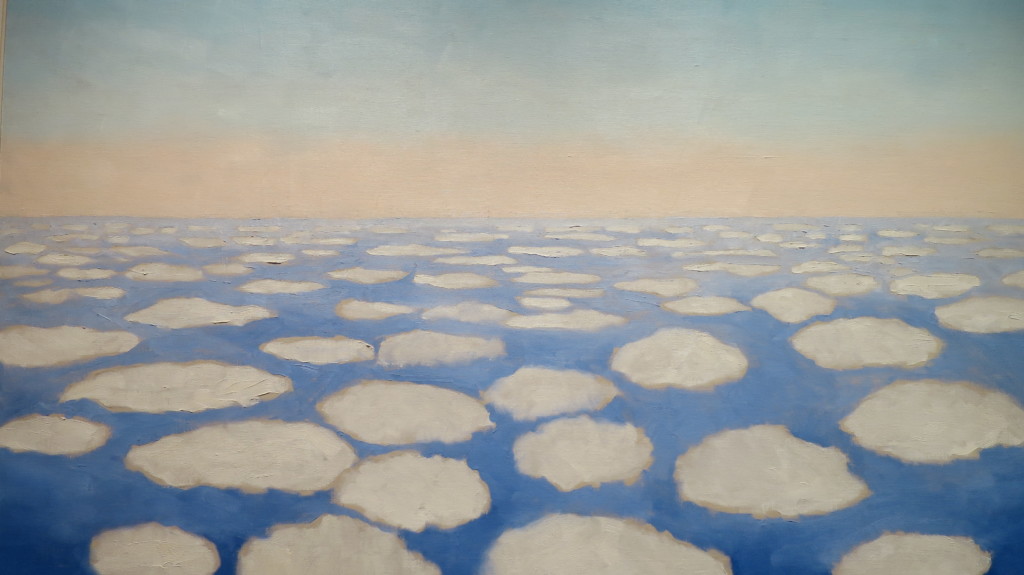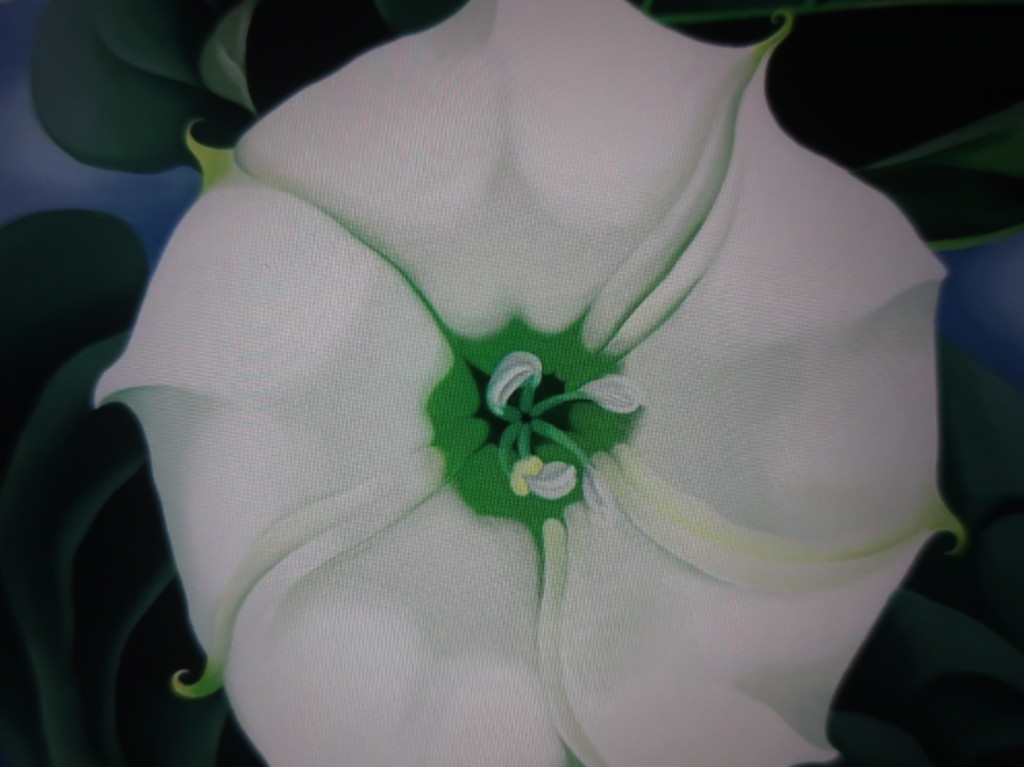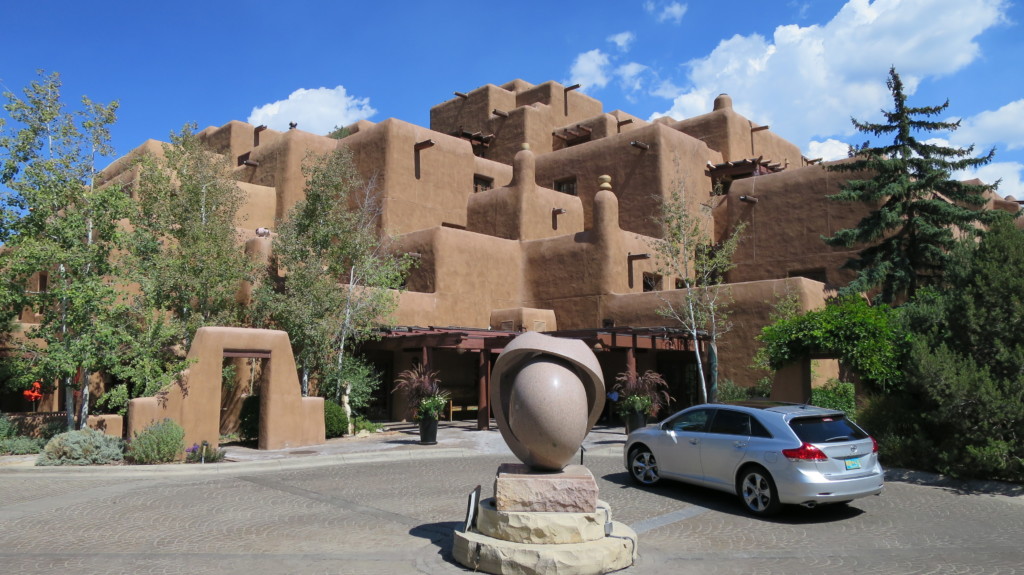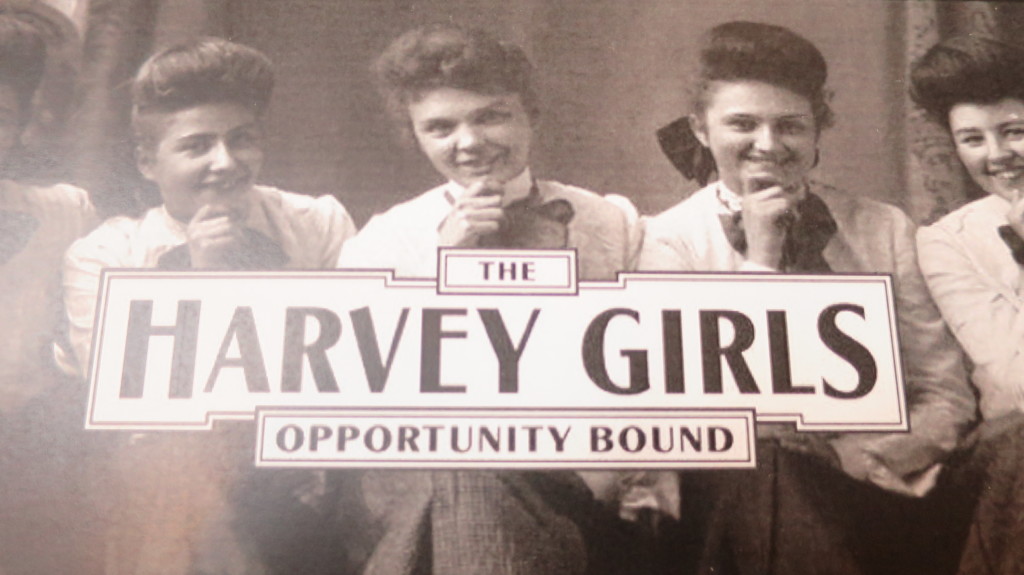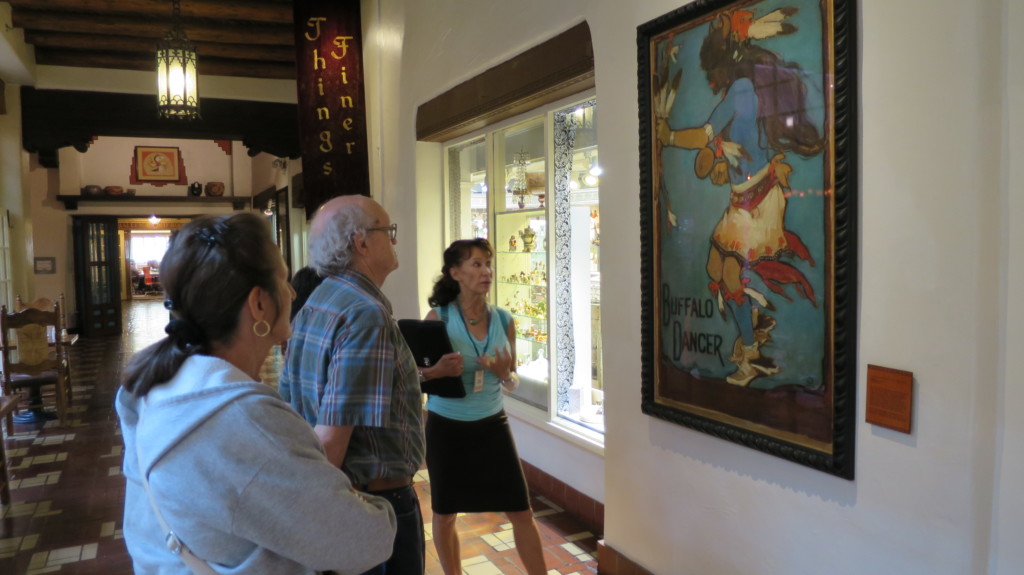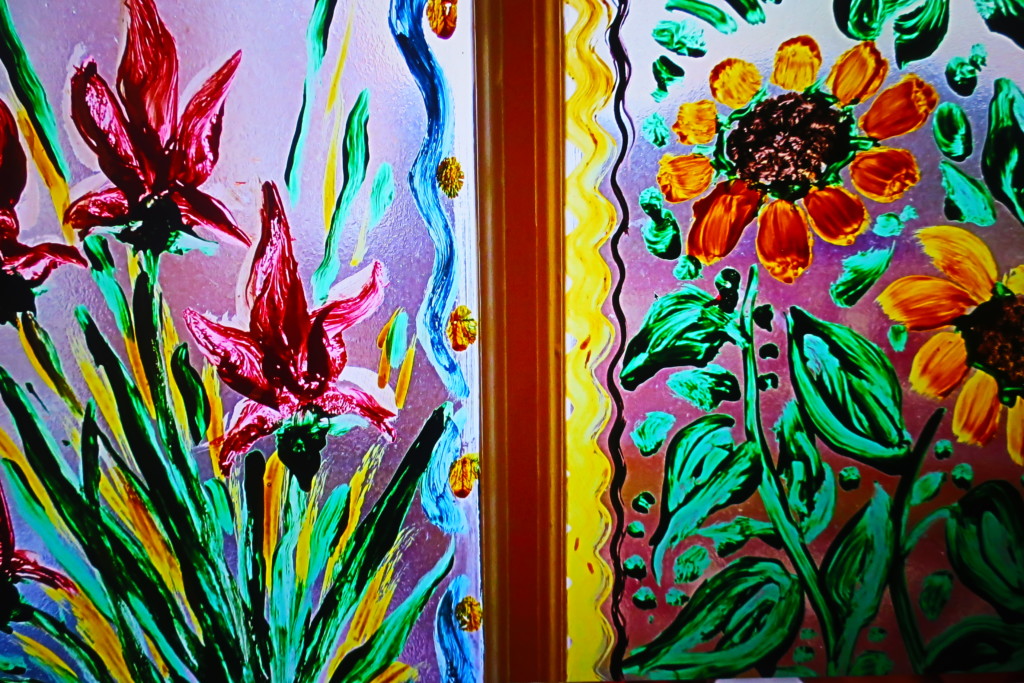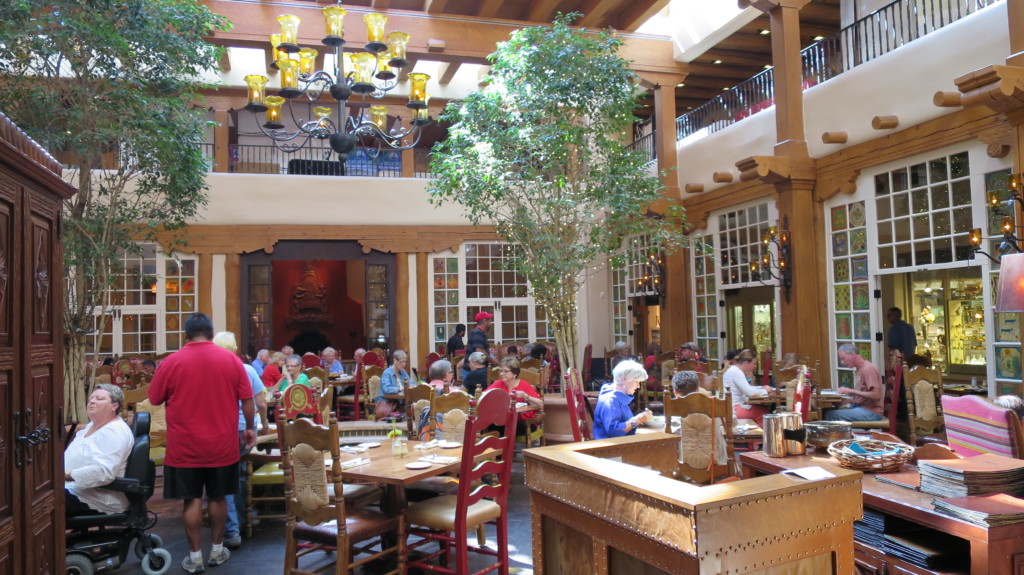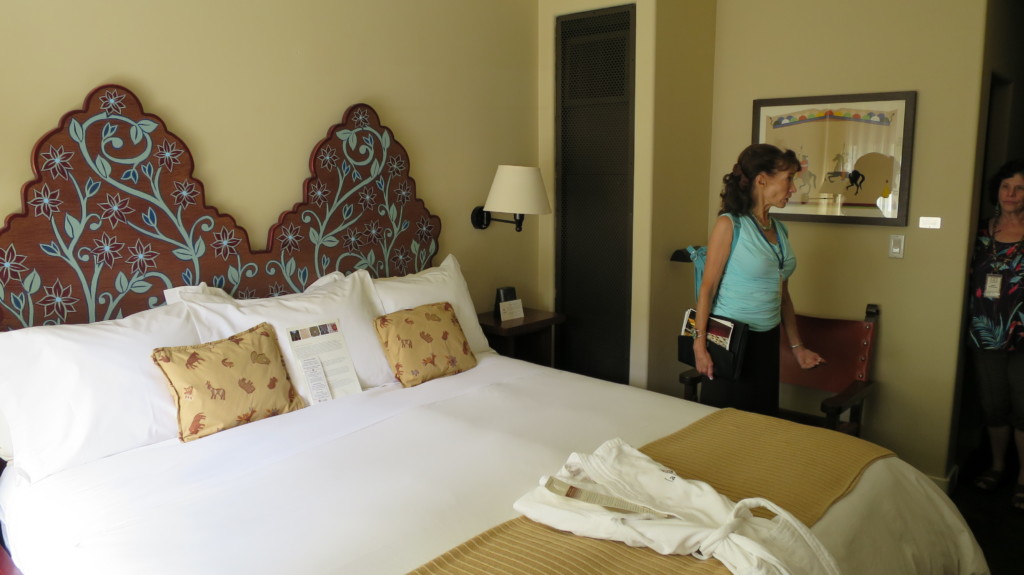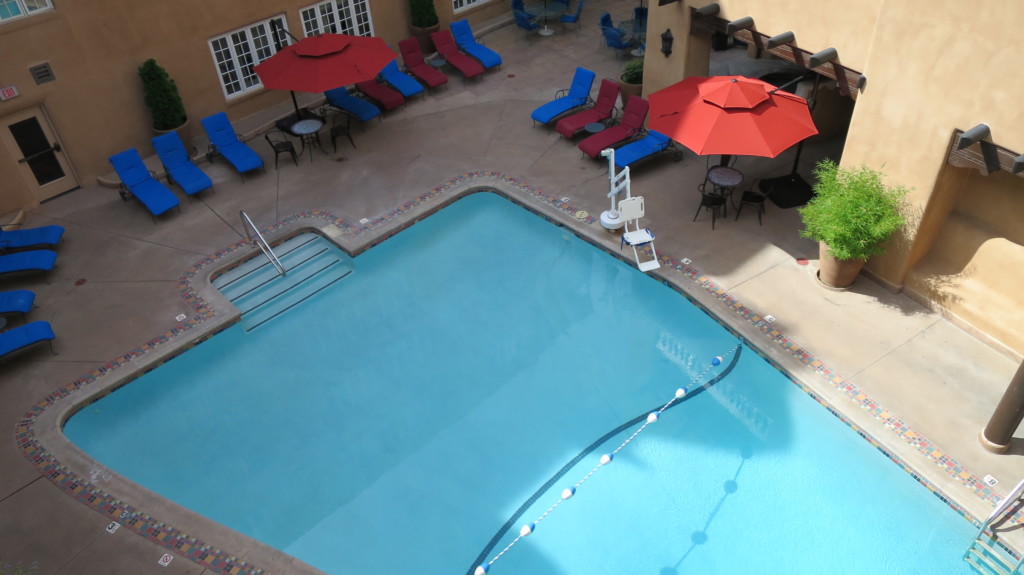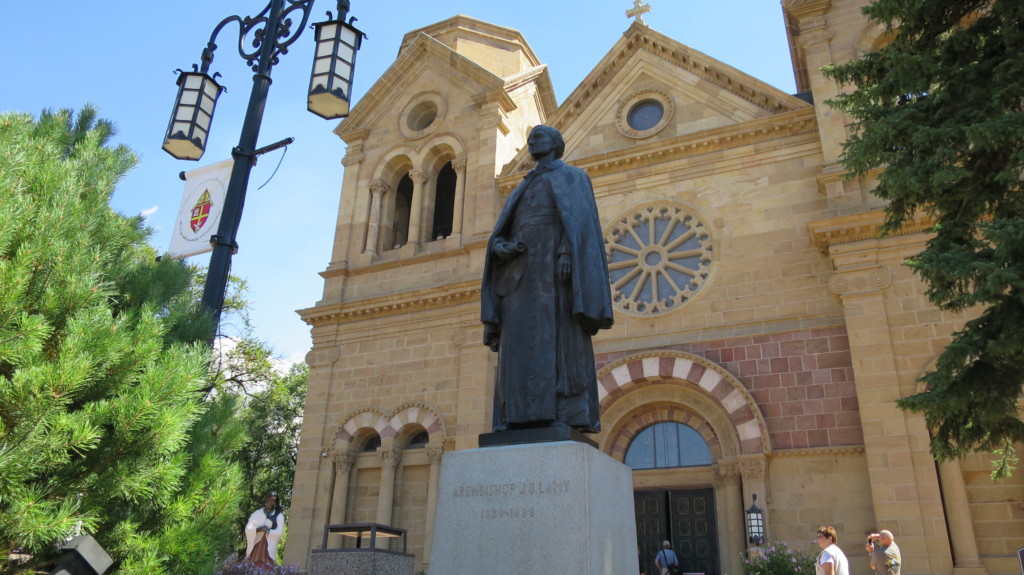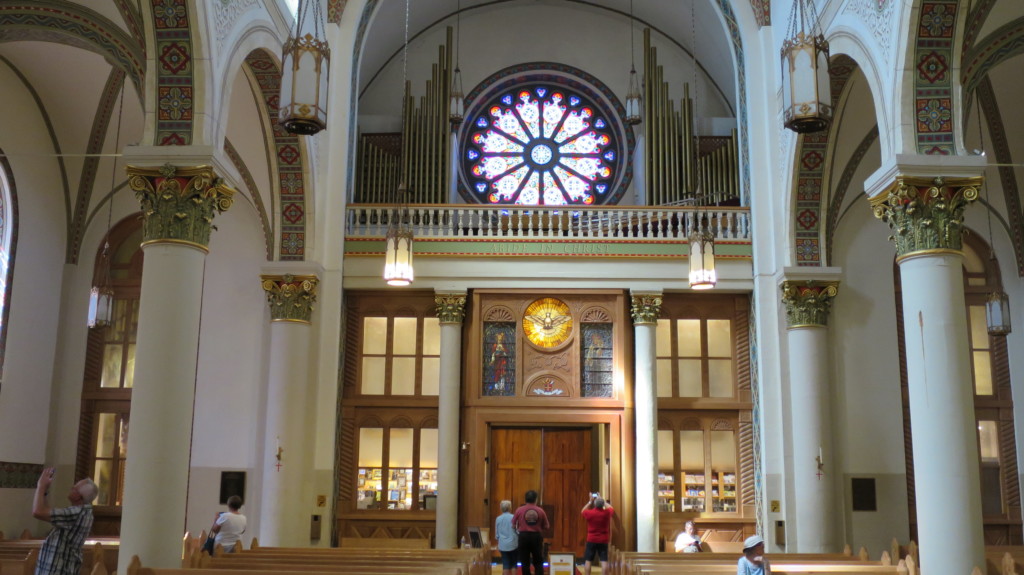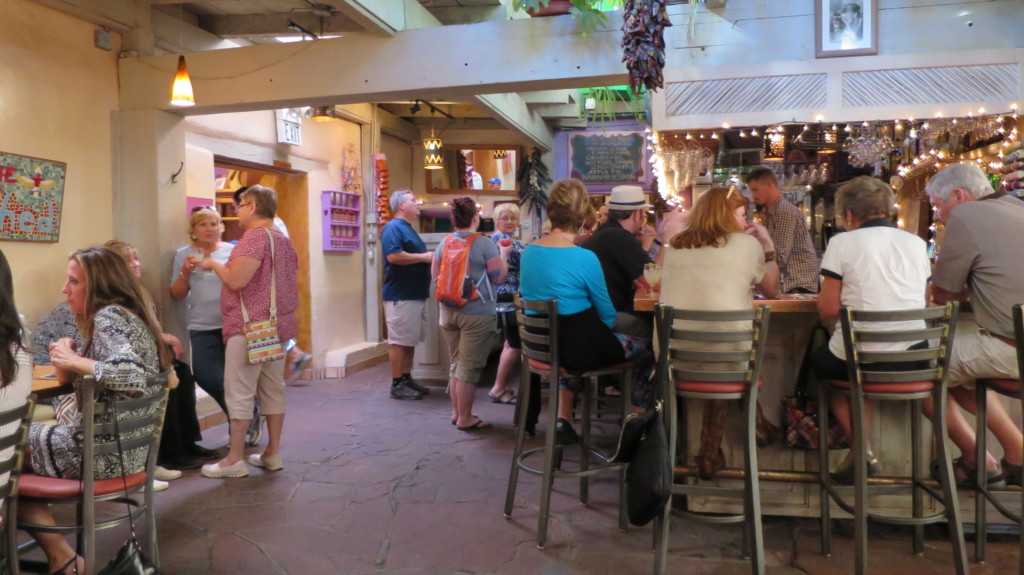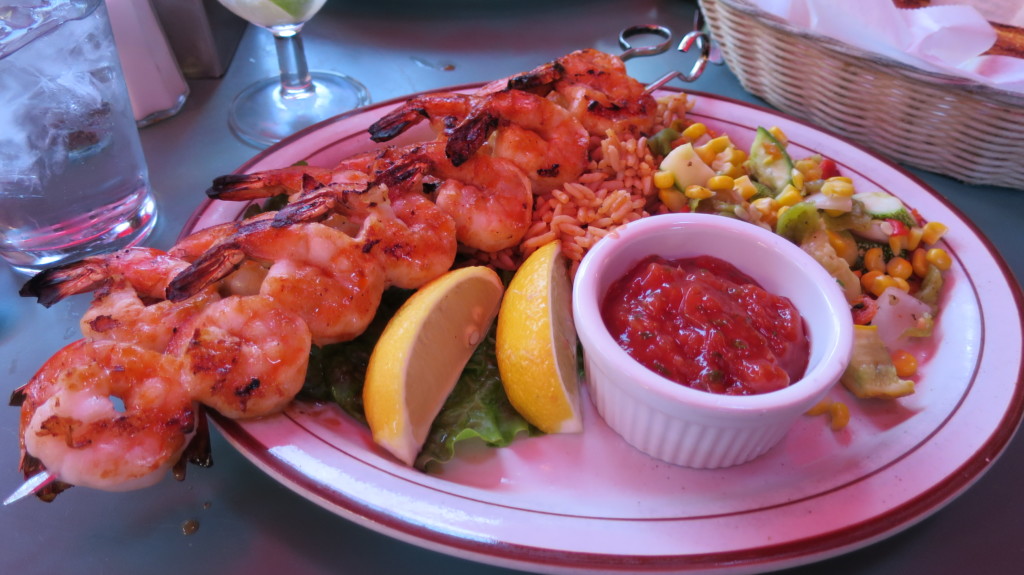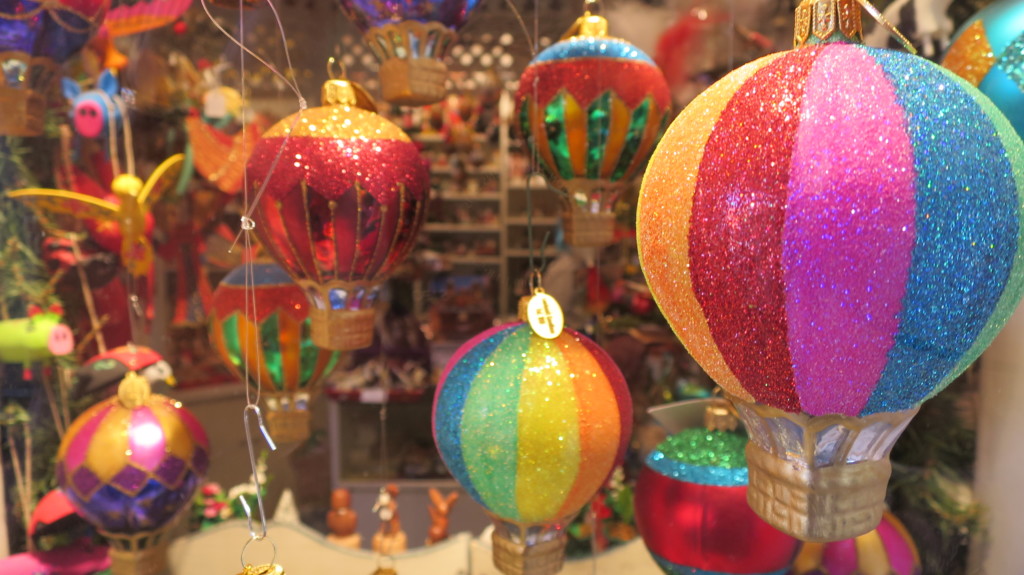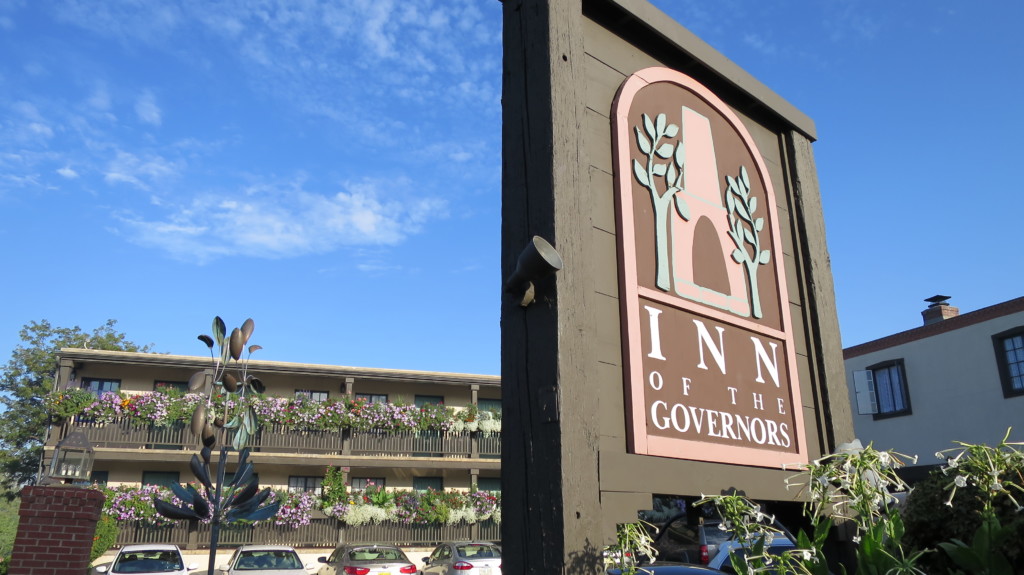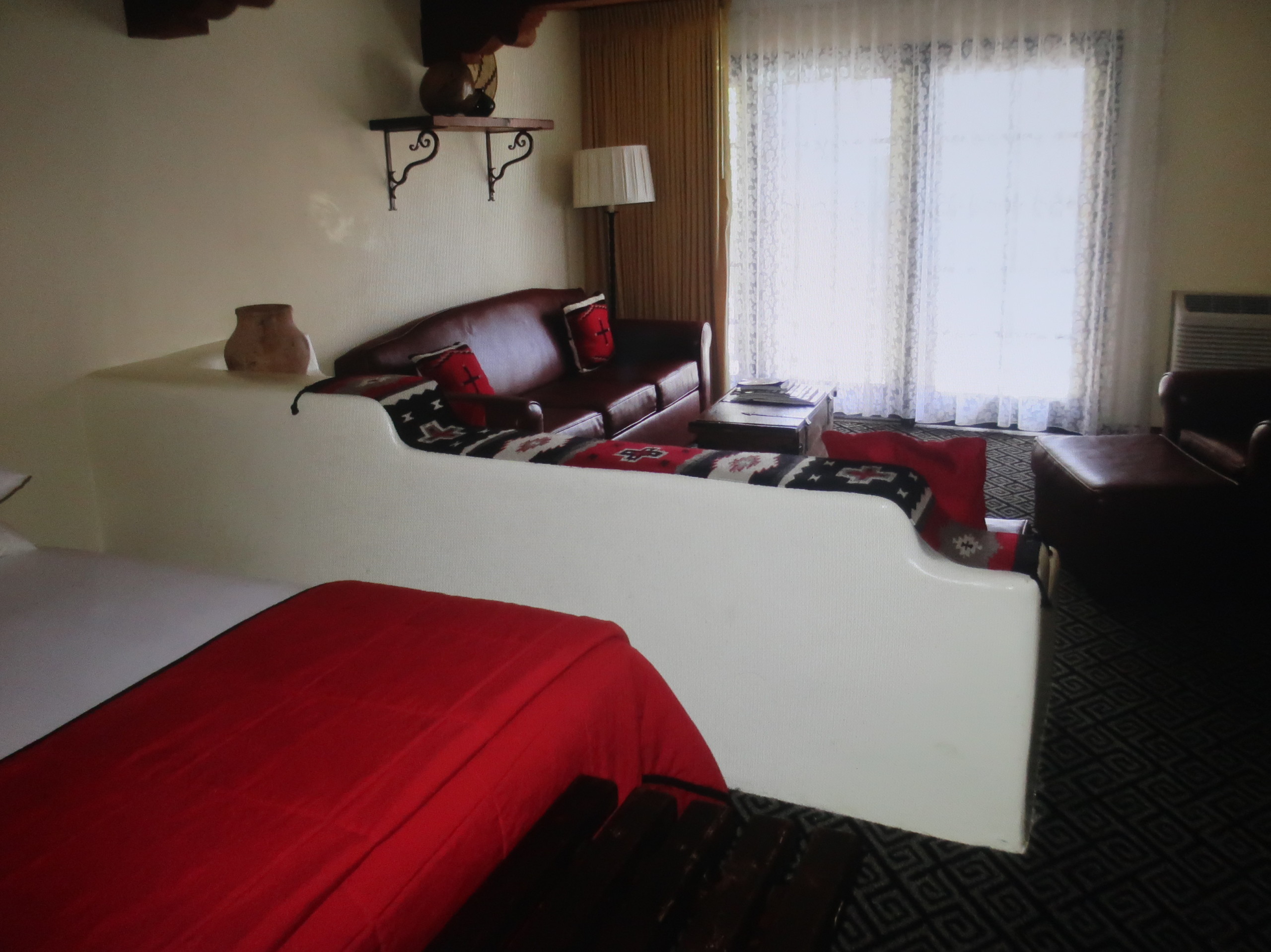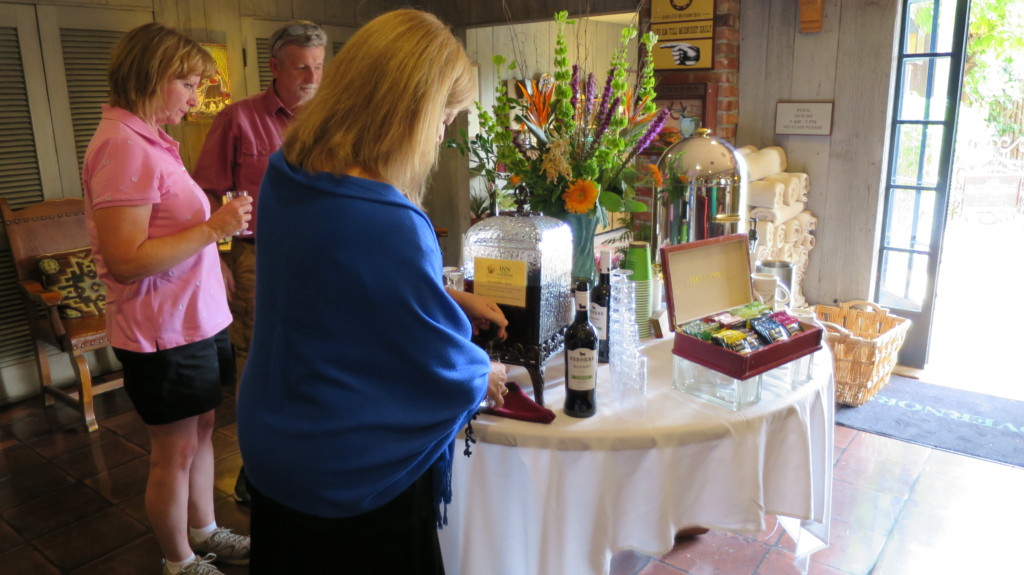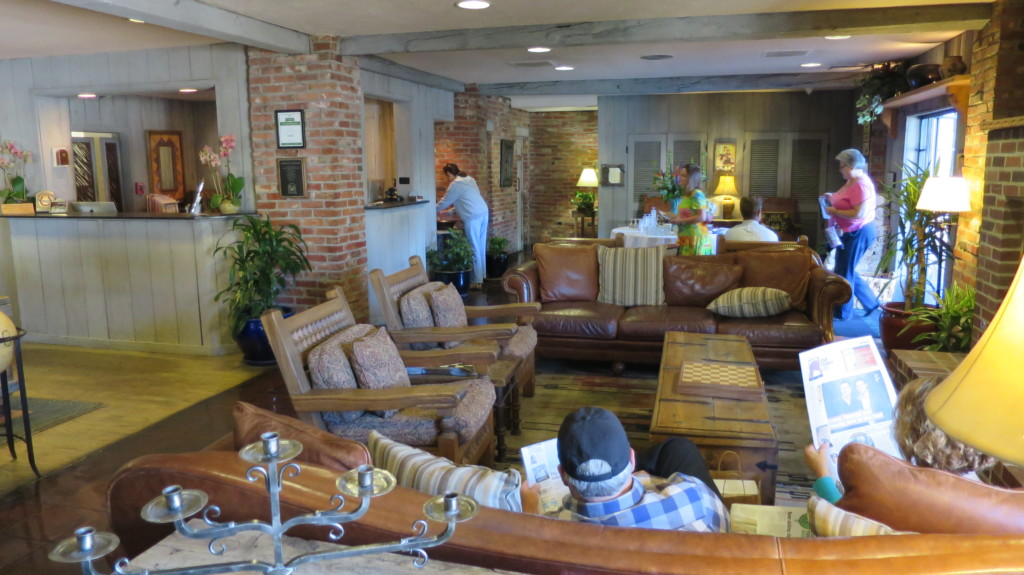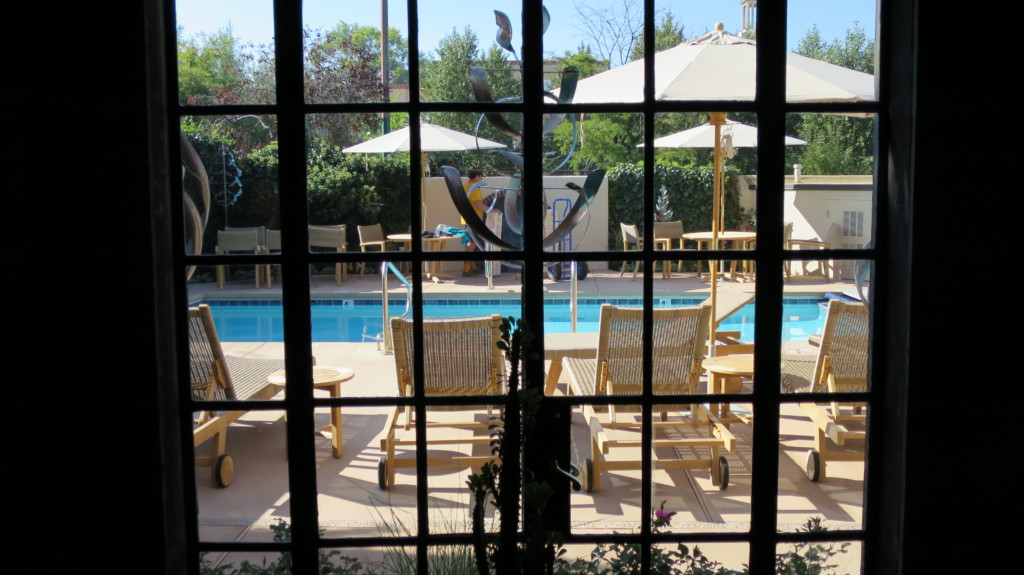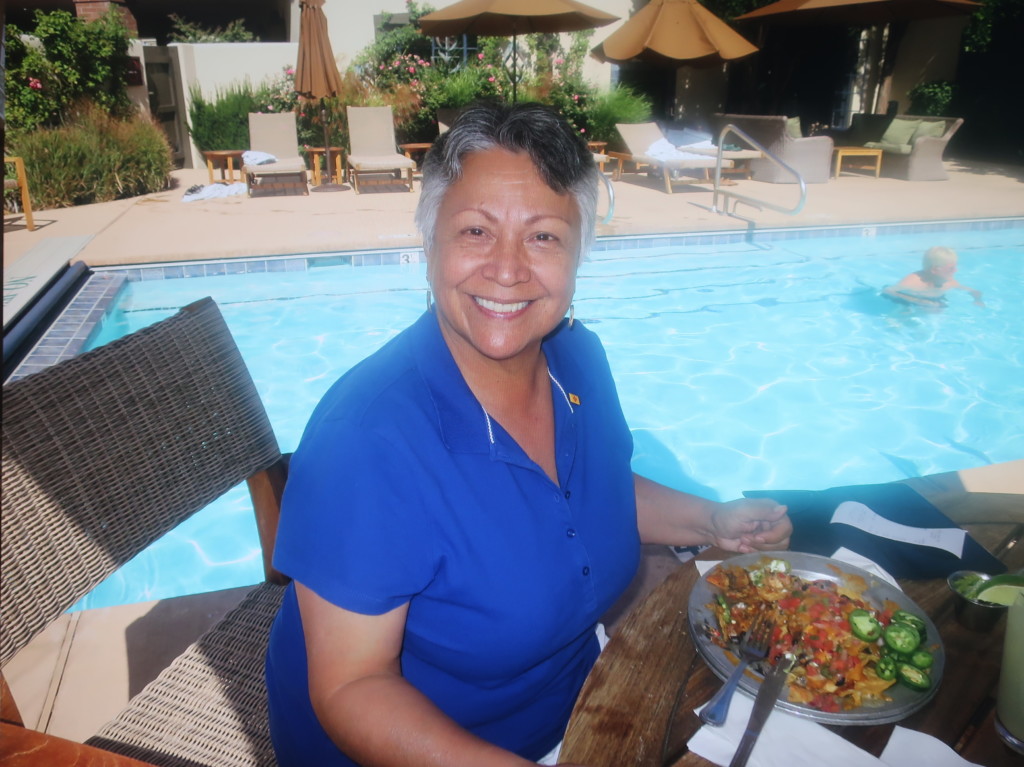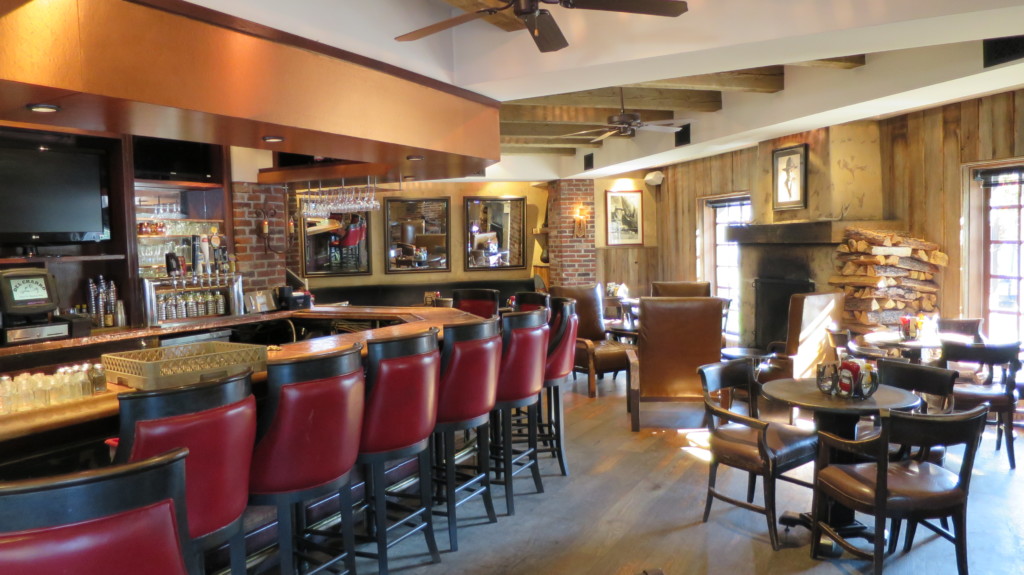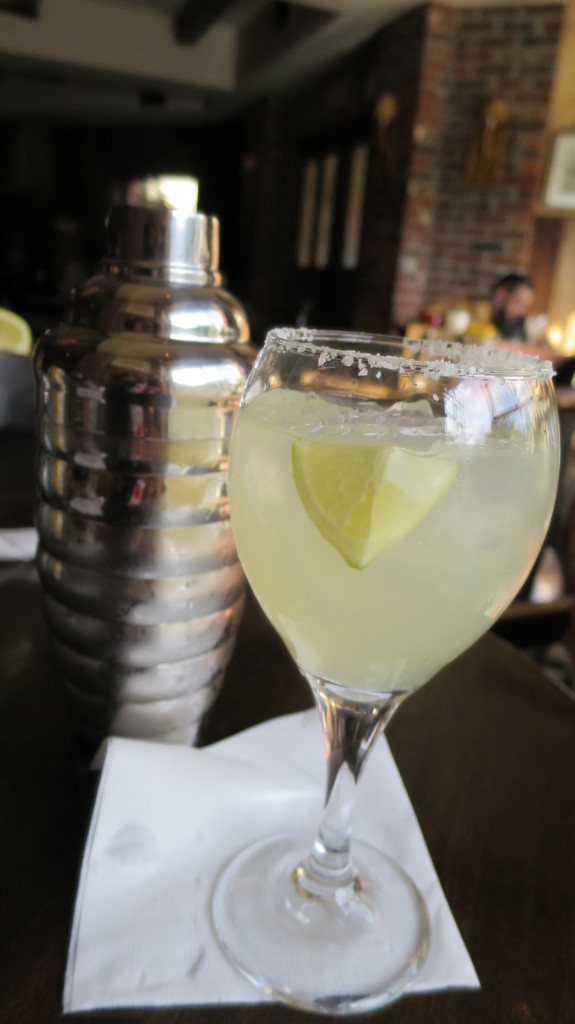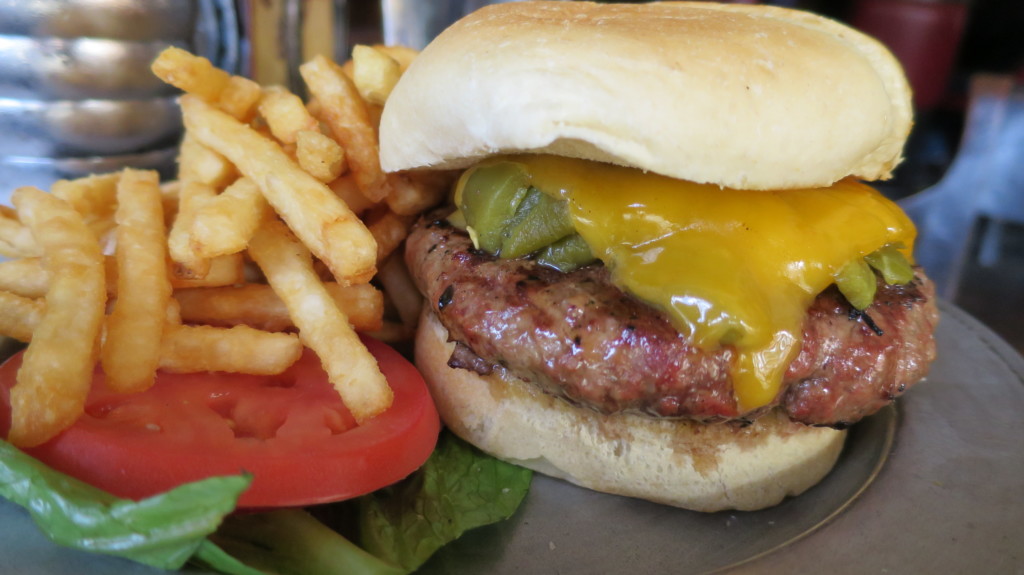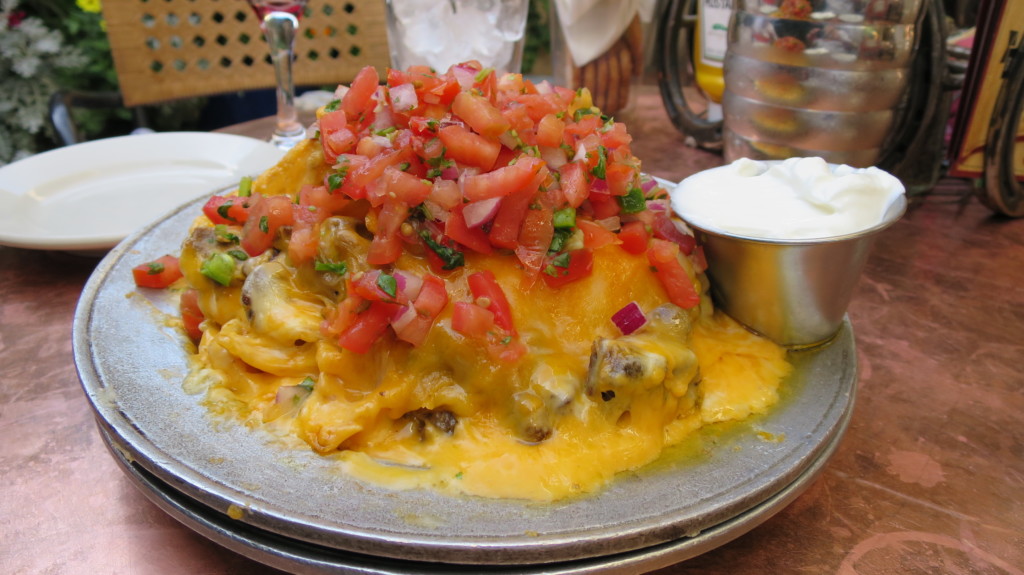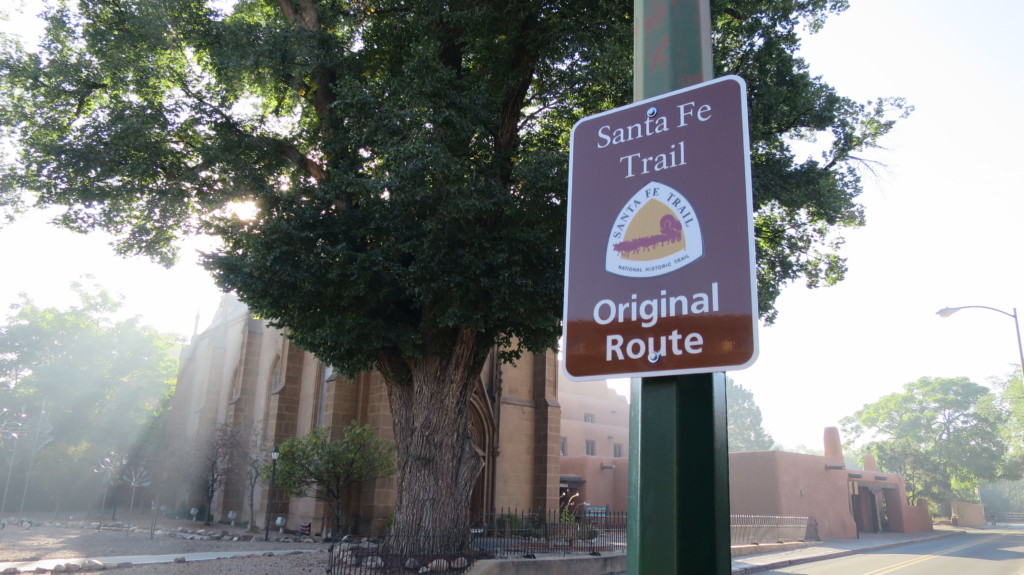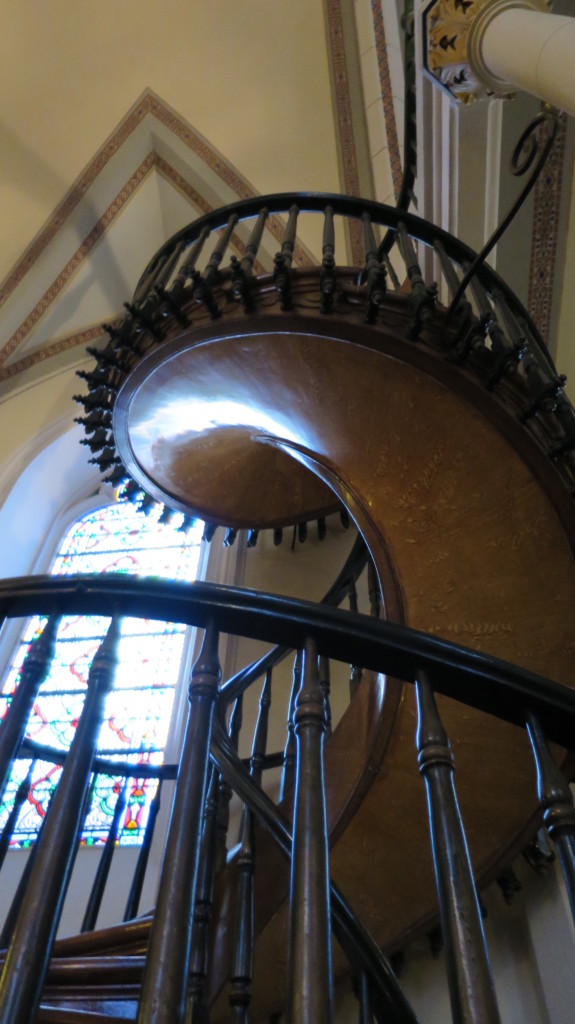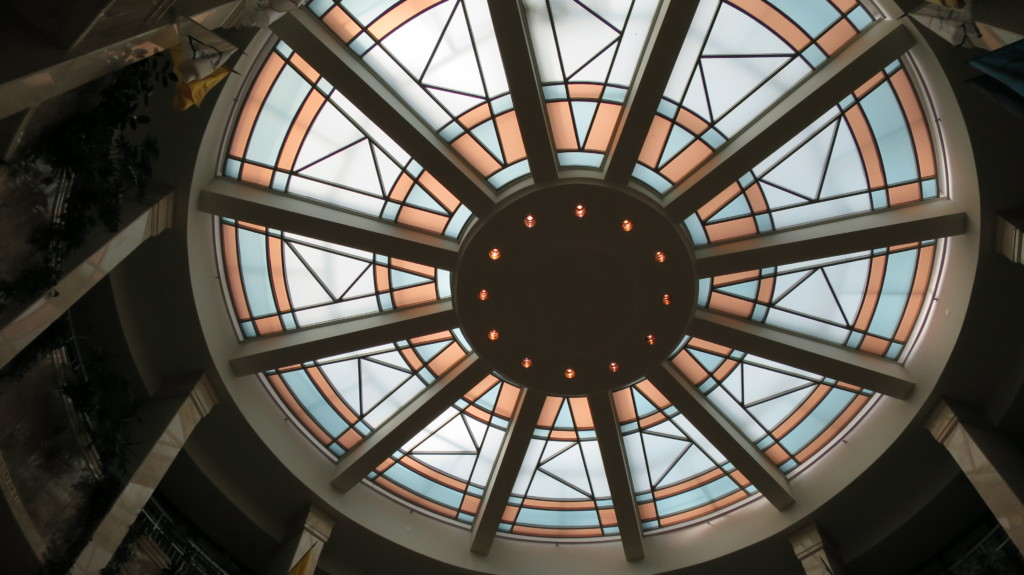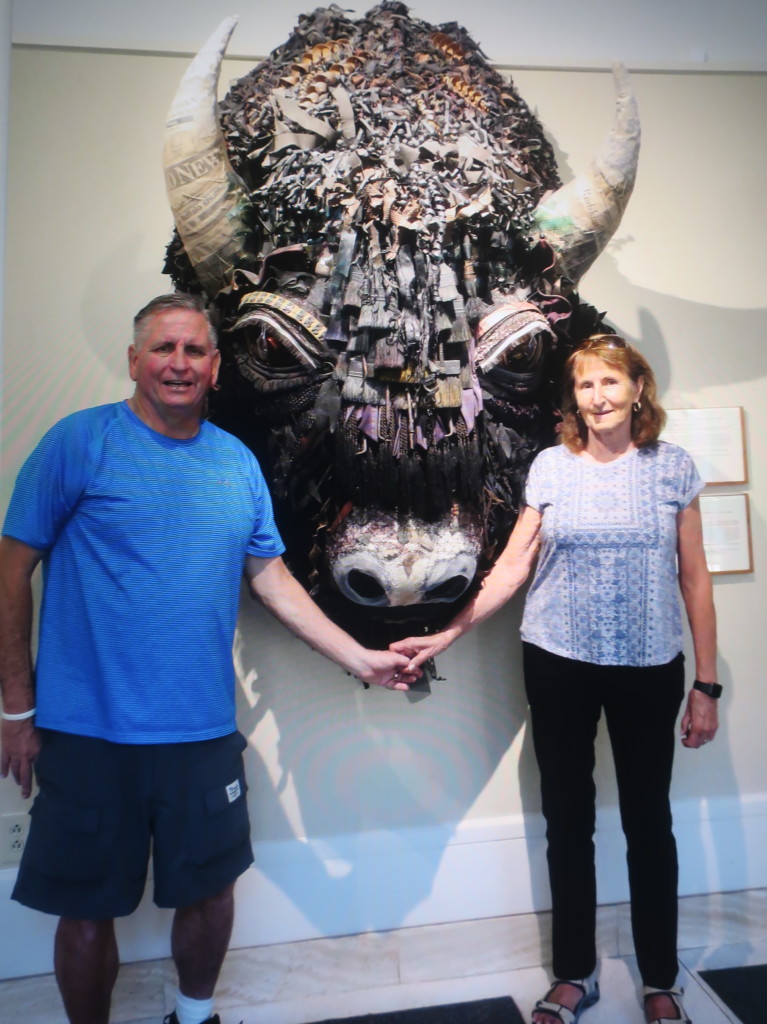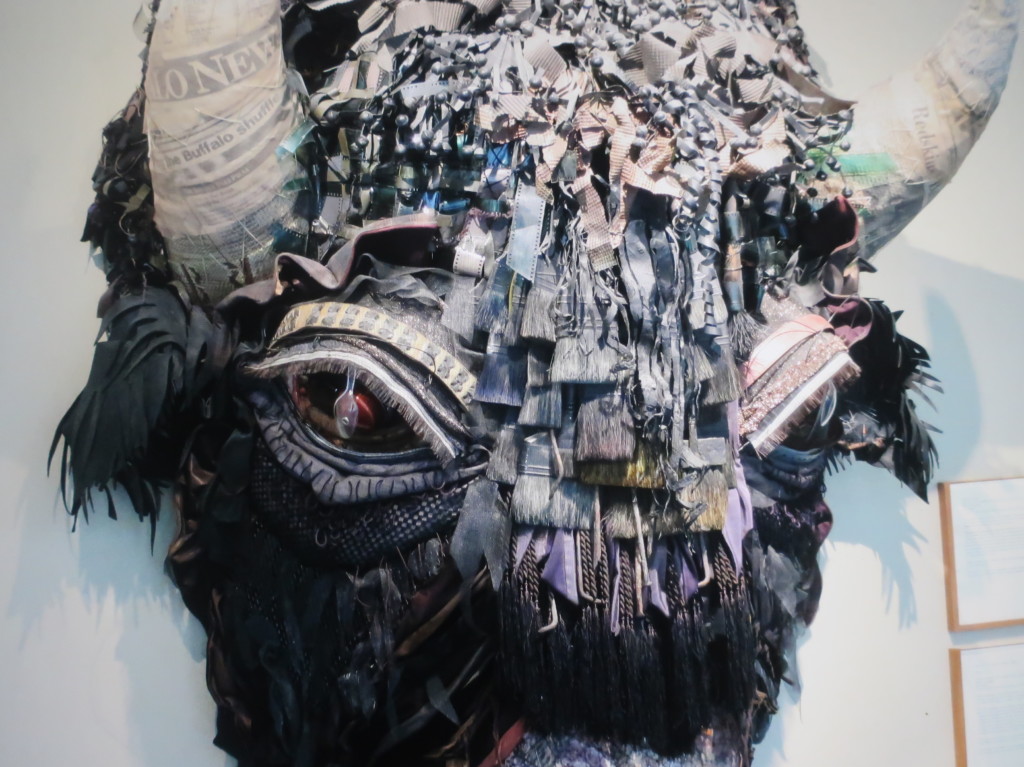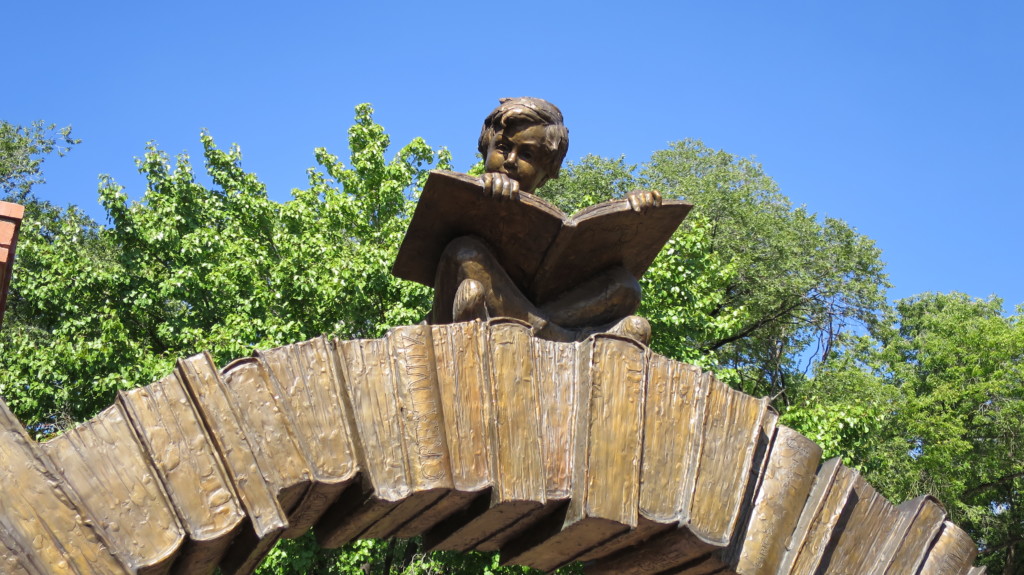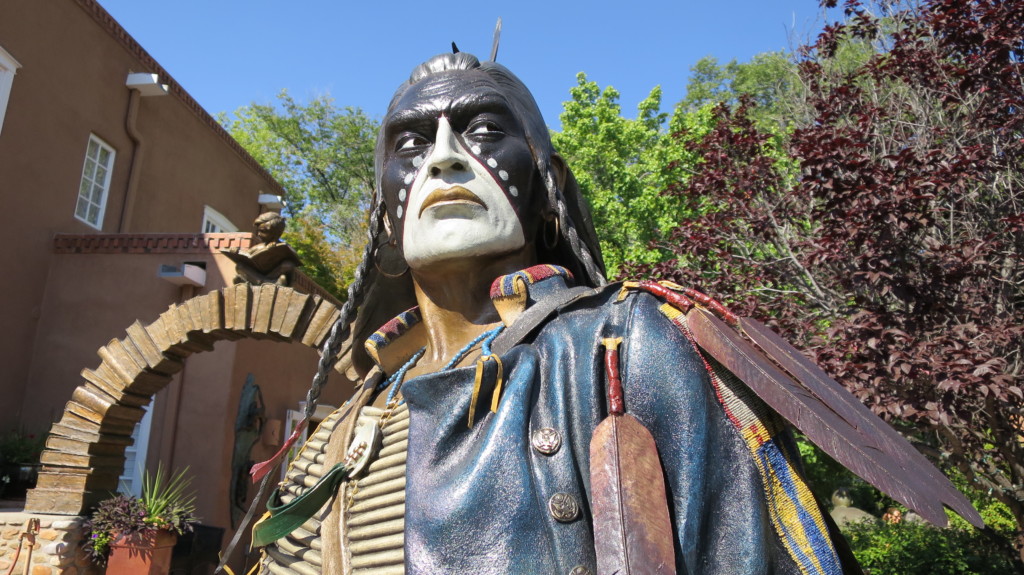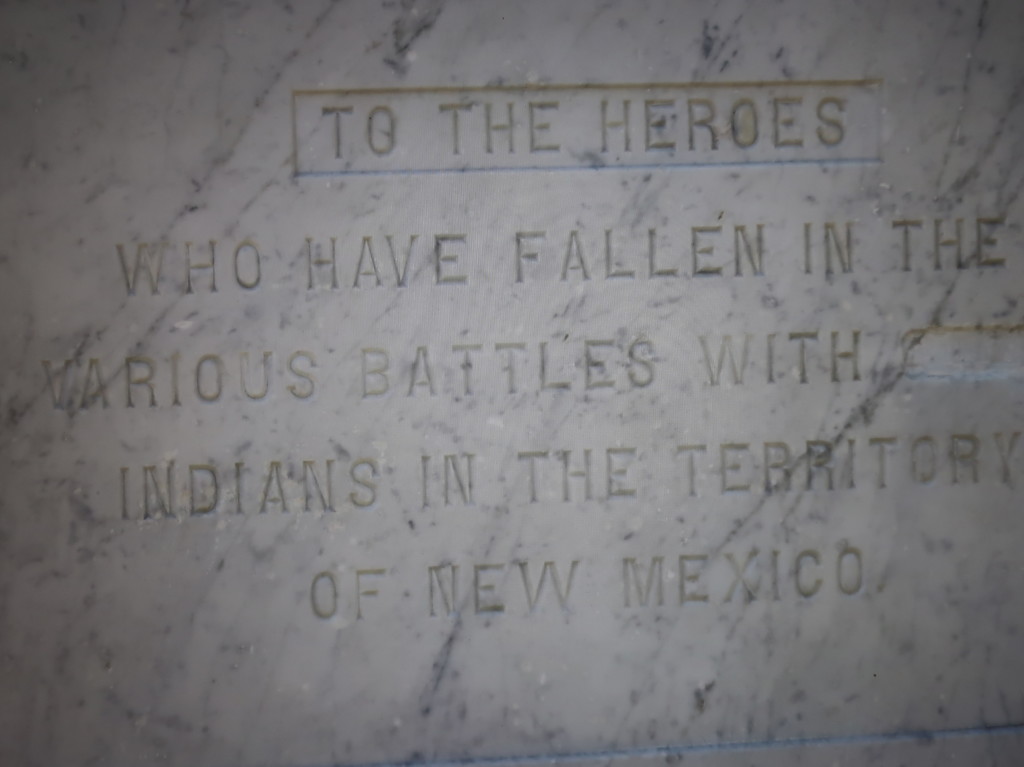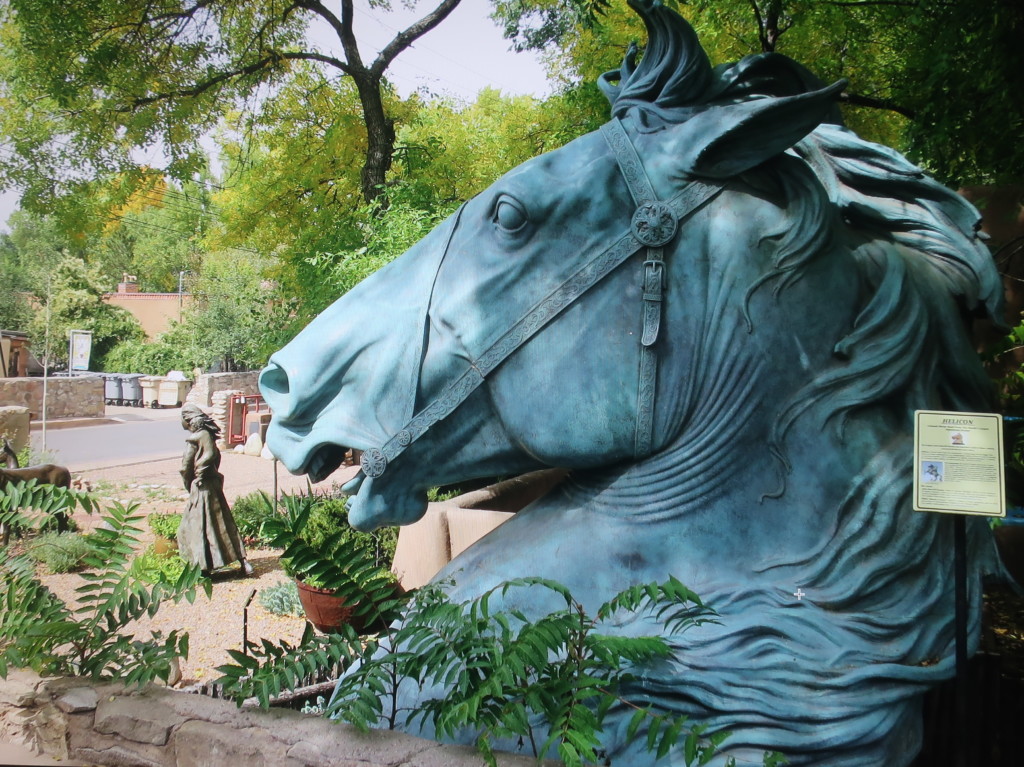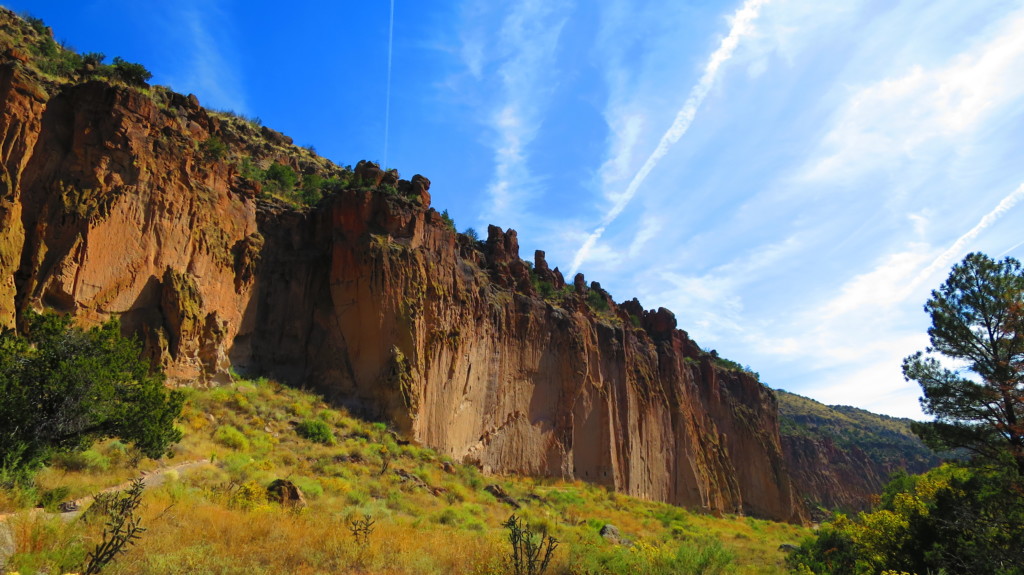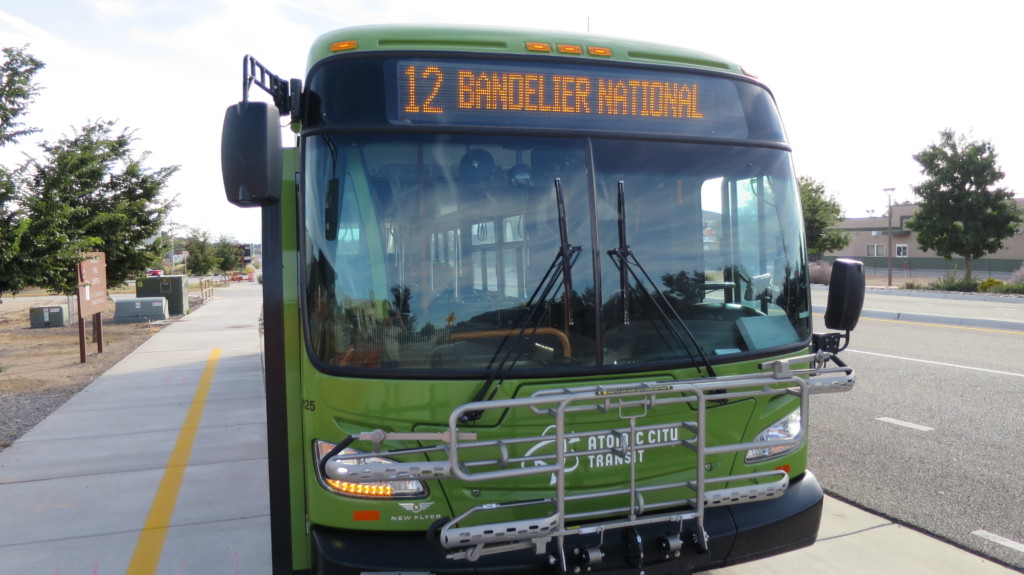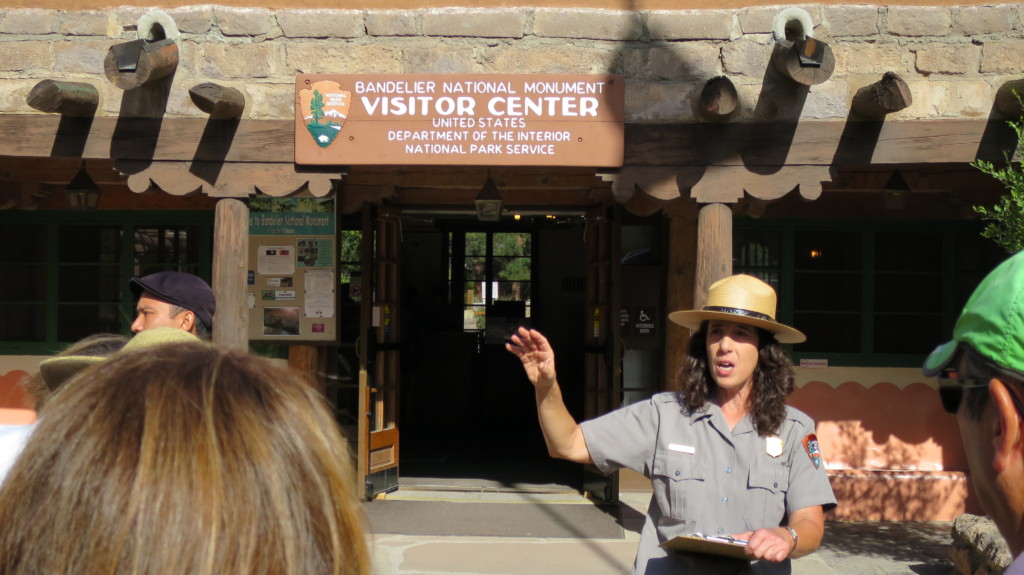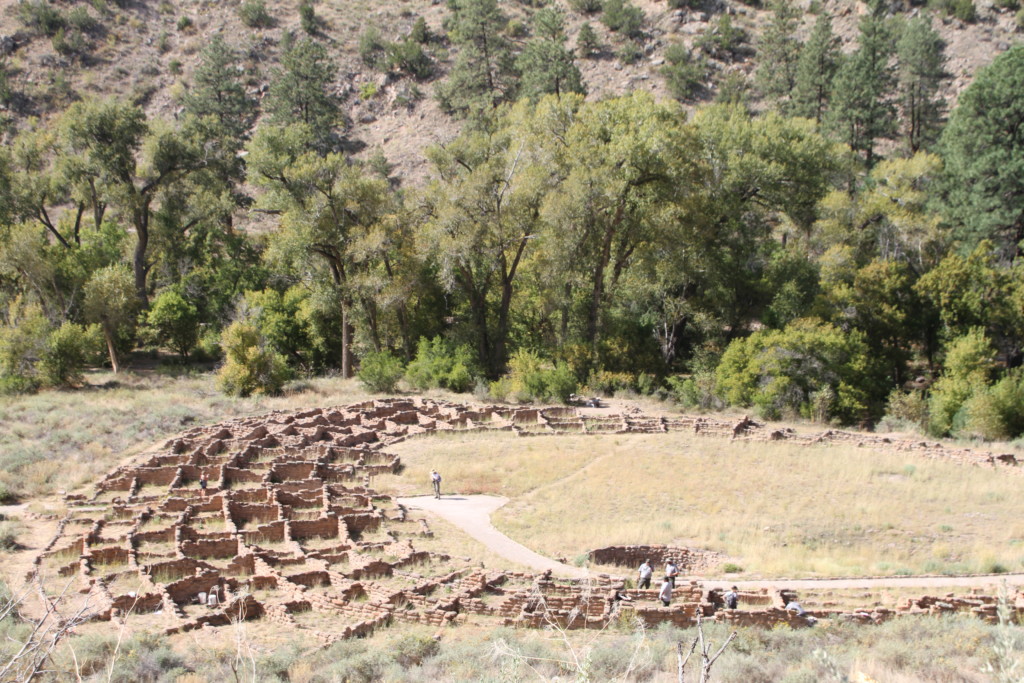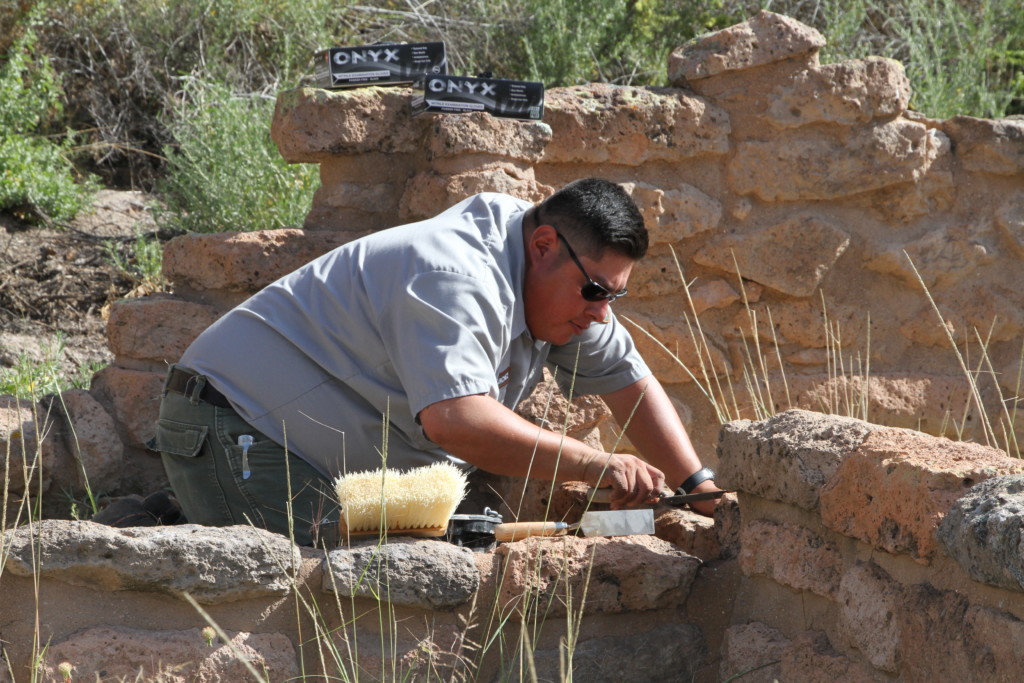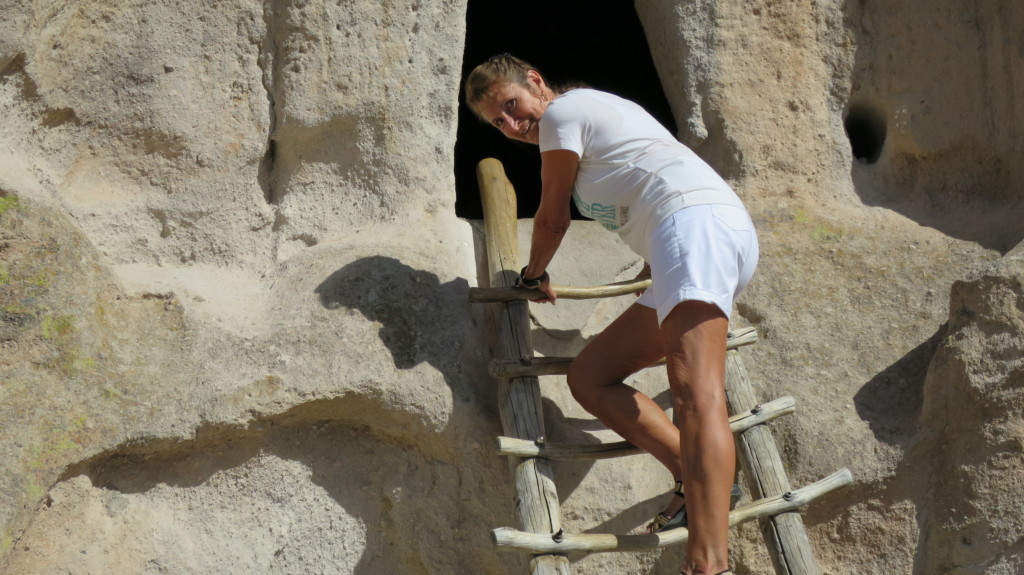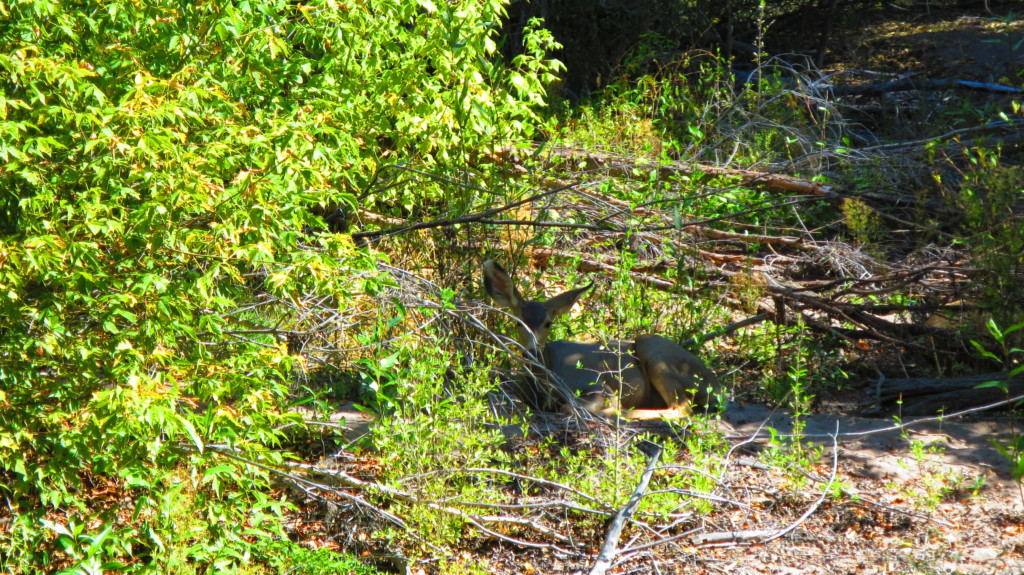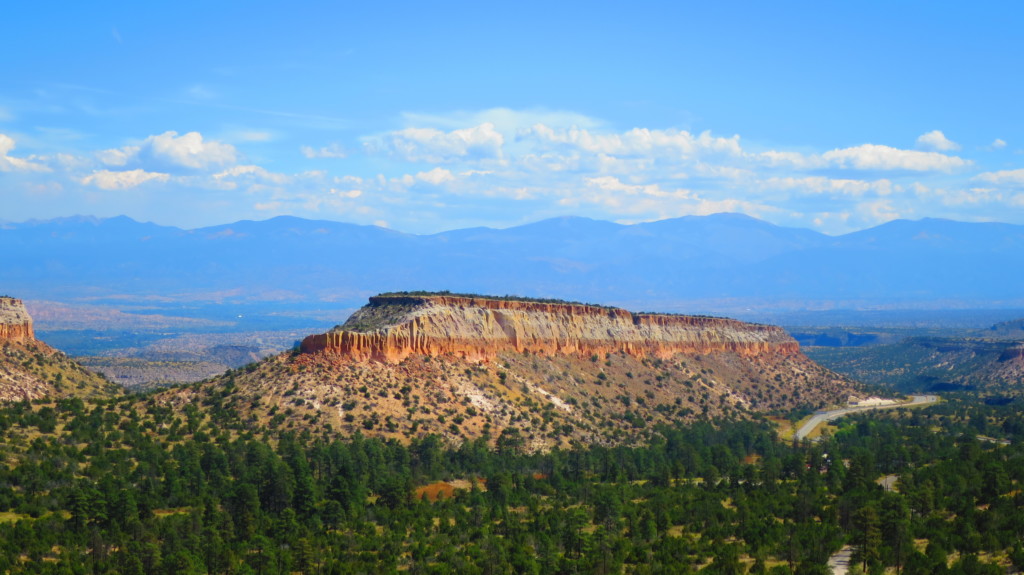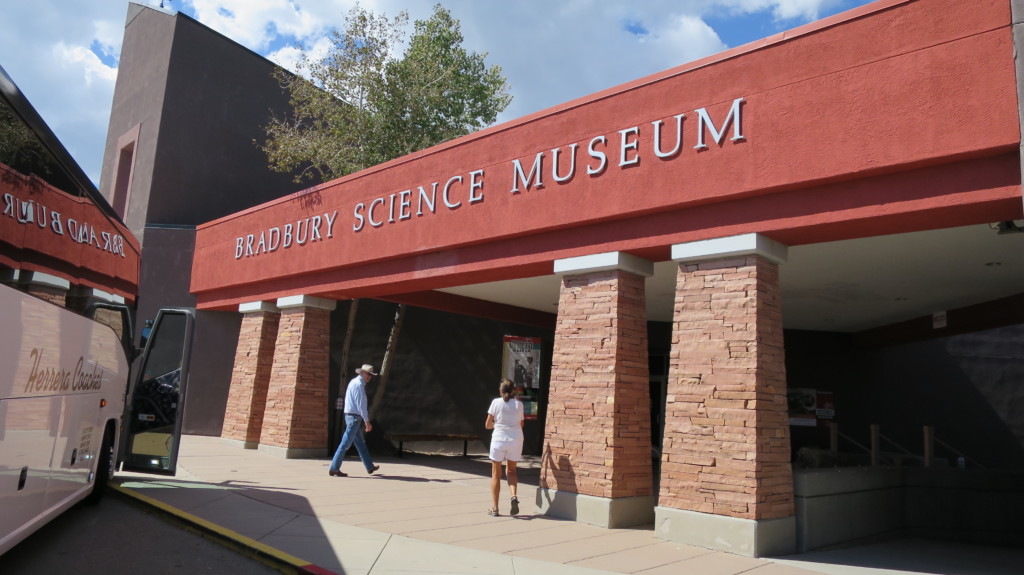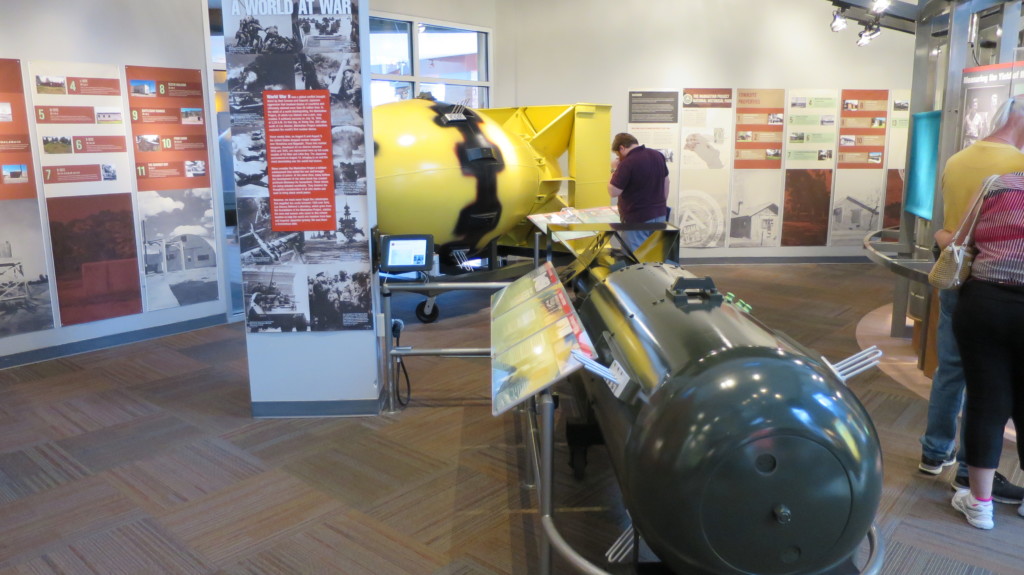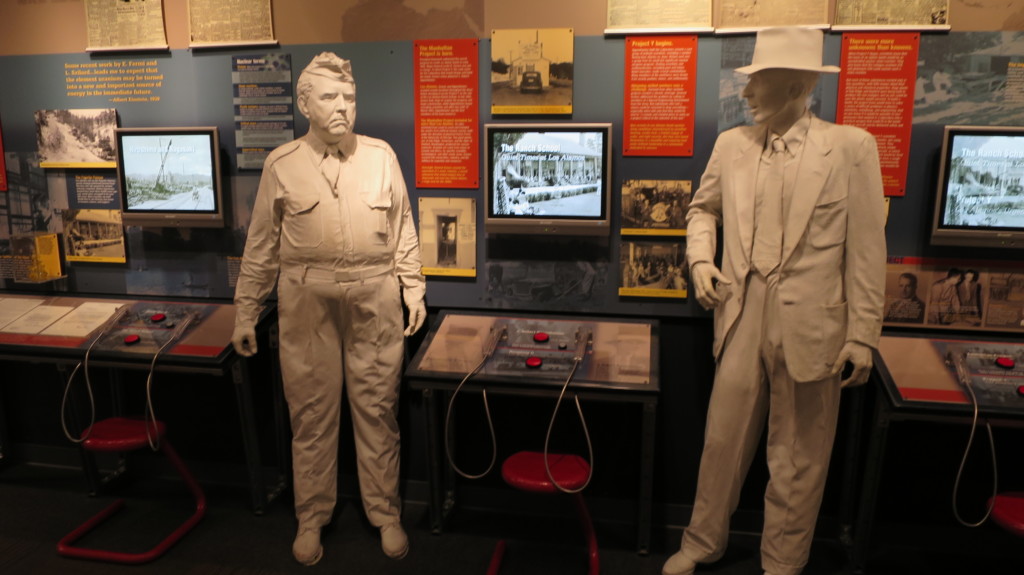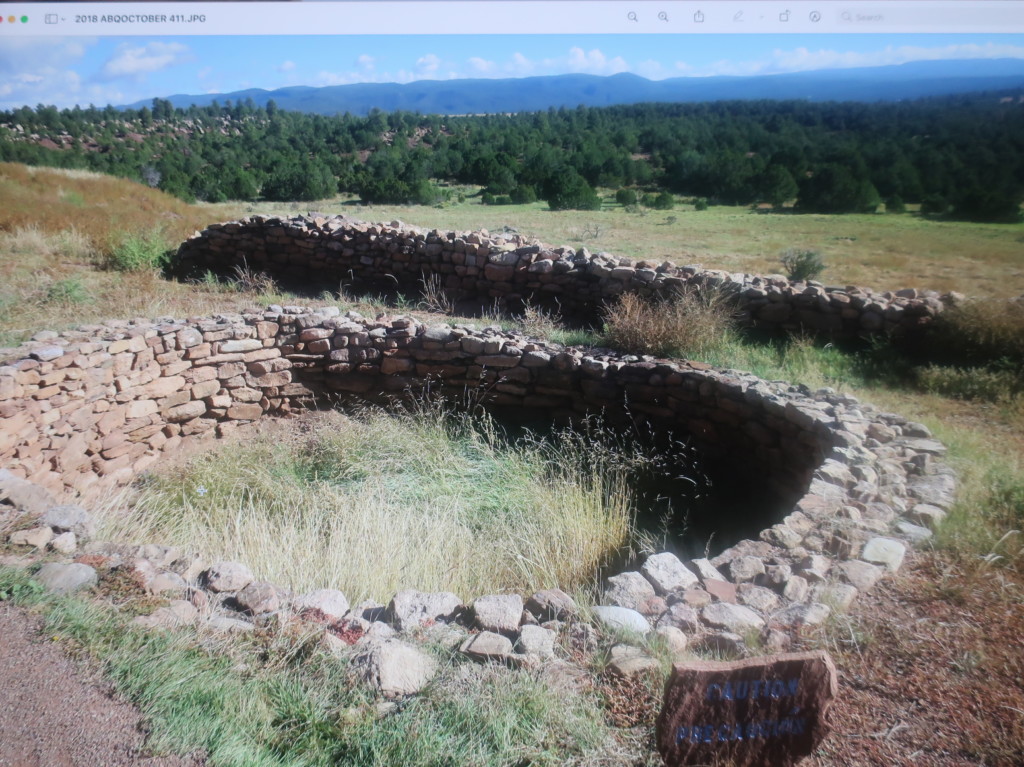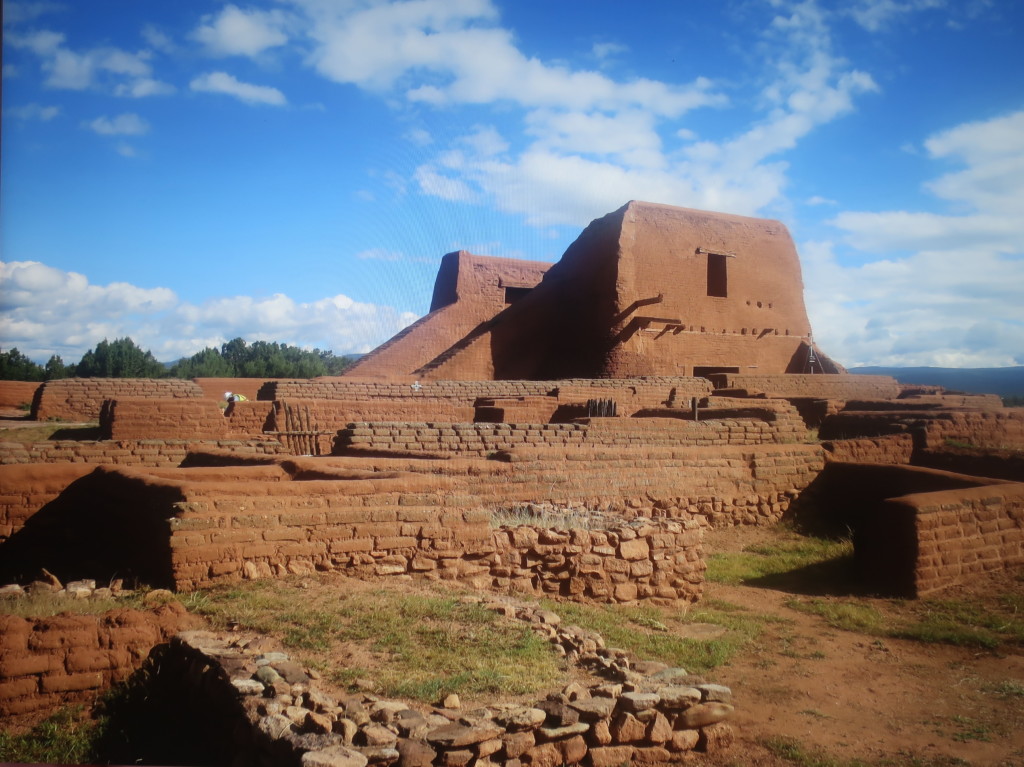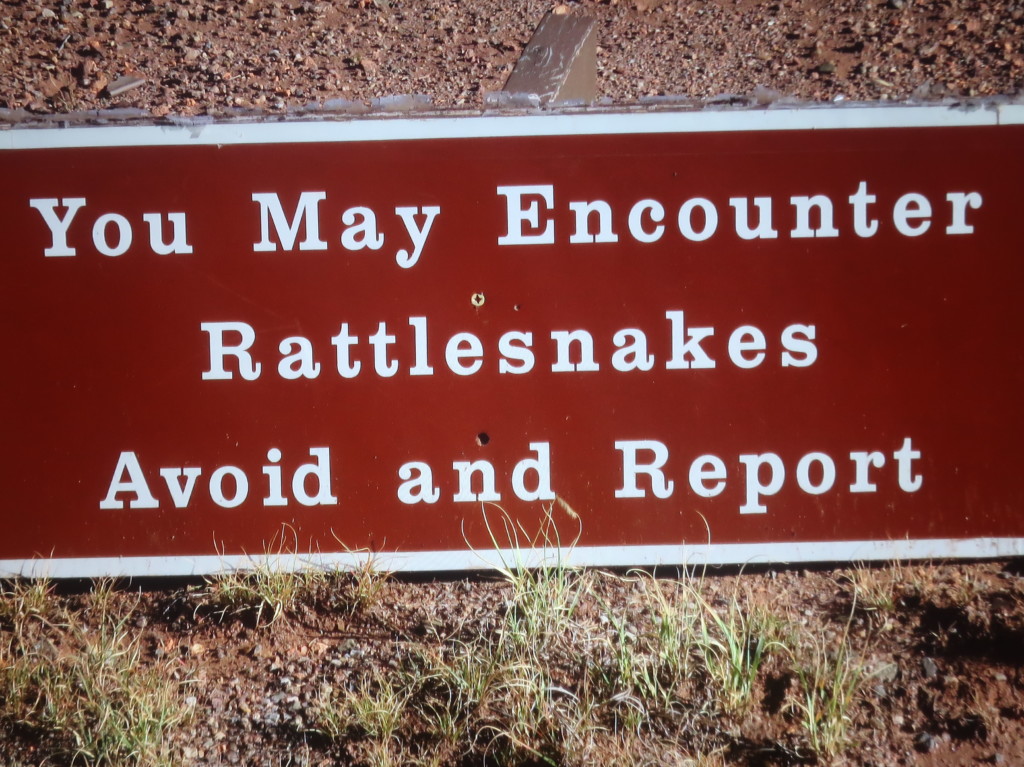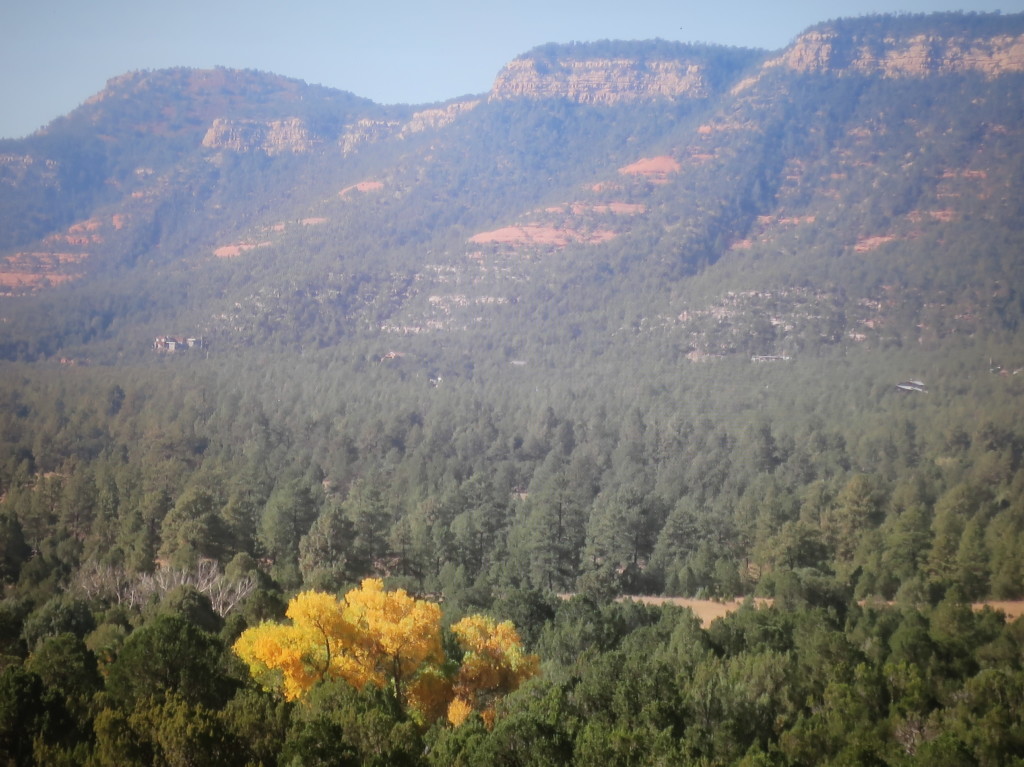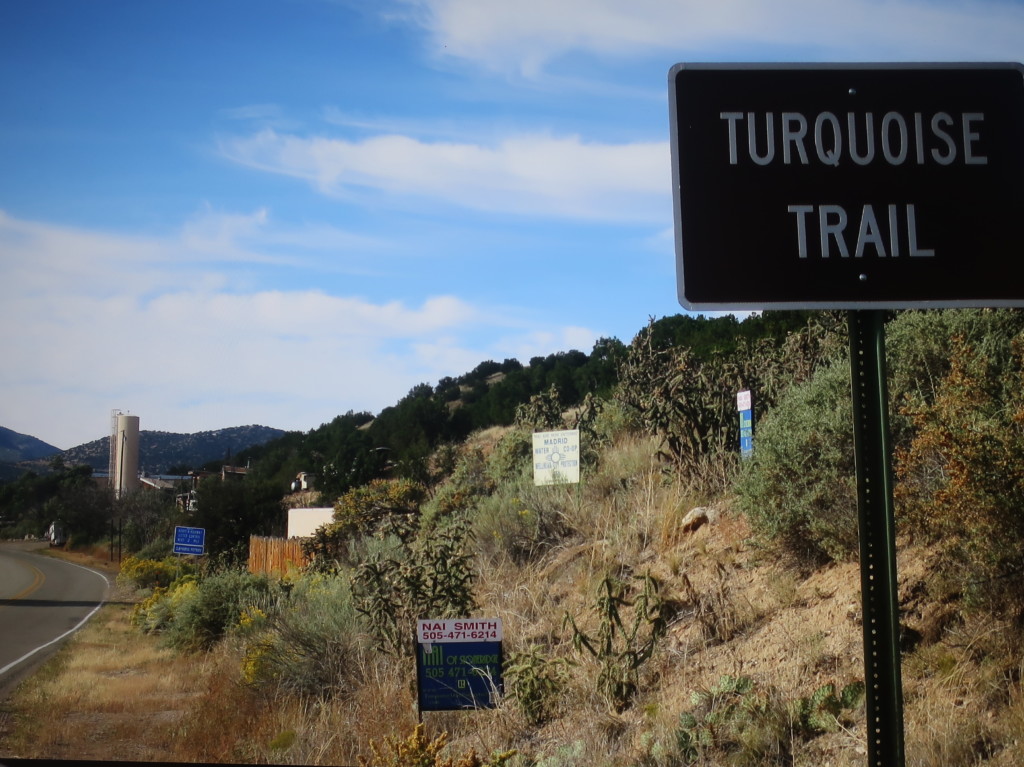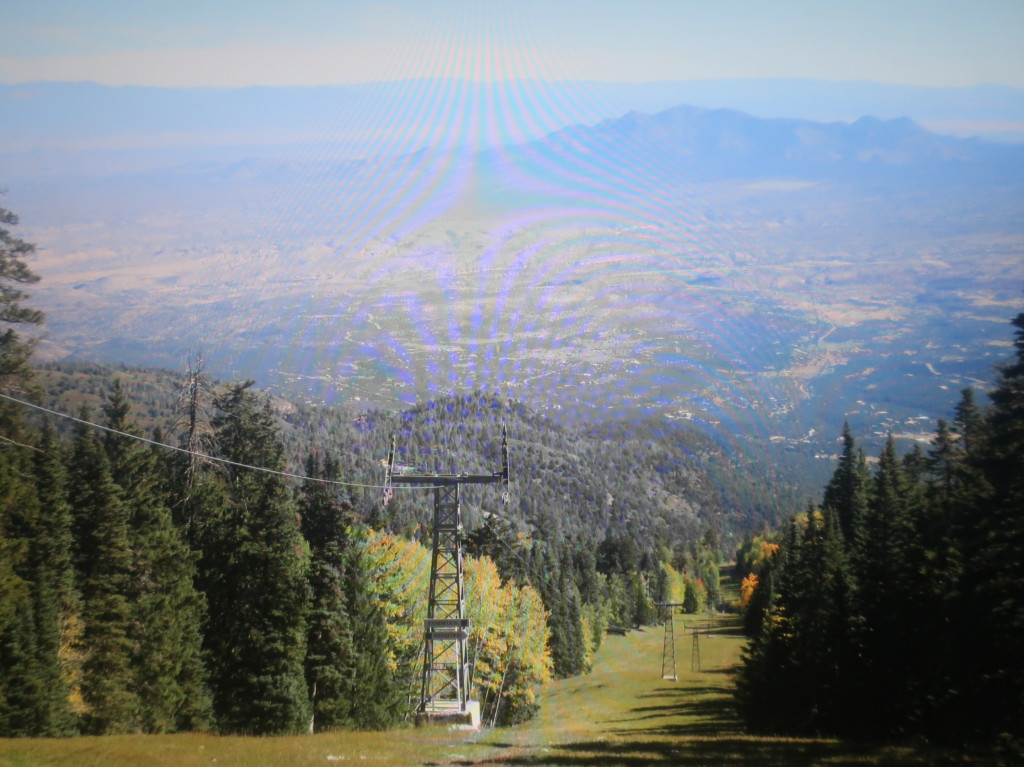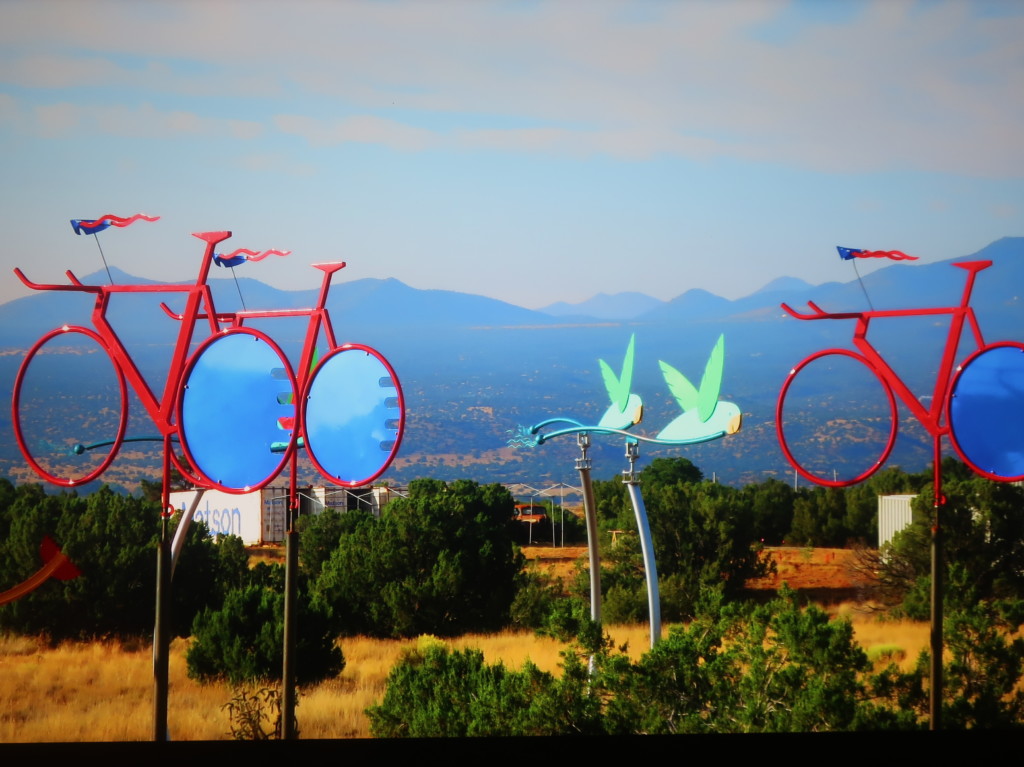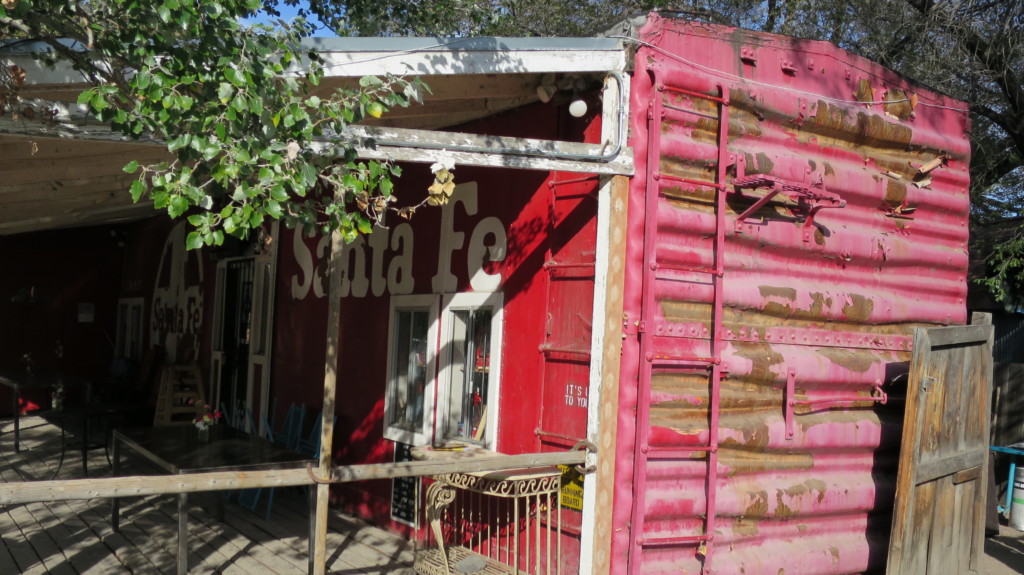The city of Santa Fe, New Mexico is regarded as one of the “great art” centers in the United States. It is the oldest capital in the United States and the highest elevated city over 7,000 feet high. Founded in 1610, the city itself has less than 100,000 people. Close to the city center is a large statue of Don Pedro de Peralta who is given recognition of founding this city of “Holy Faith.”
Like all Spanish influenced cities, there is a large “Santa Fe Plaza” in the center. One can easily walk in the historic city center and never get lost. There are a number of places to see and do, worthy of a multi-night stay like we did in 2015 and 2018.
On one side is the Palace of the Governors.
It was the original place of the State Capital before it was moved in 1966. It was in this place where a writer, General Lew Wallace, wrote the novel of “Ben Hur” in 1880.
Next door is the New Mexico History museum. There is an original stage coach.
What we found to be most interesting is the “Death Mask” of Poncho Villa. He was a famous Mexican general who actually raided the United States. In 1916, General John “Black-Jack” Pershing was sent to find him. Villa was never found, but did die of assassination at the age of 45. The death mask of Villa is rather morbid.
Not very far is the Georgia O’Keeffe Museum. She is a famous early 20th century painter who loved to draw enlarged flowers and cow skulls to name a few of her subjects.
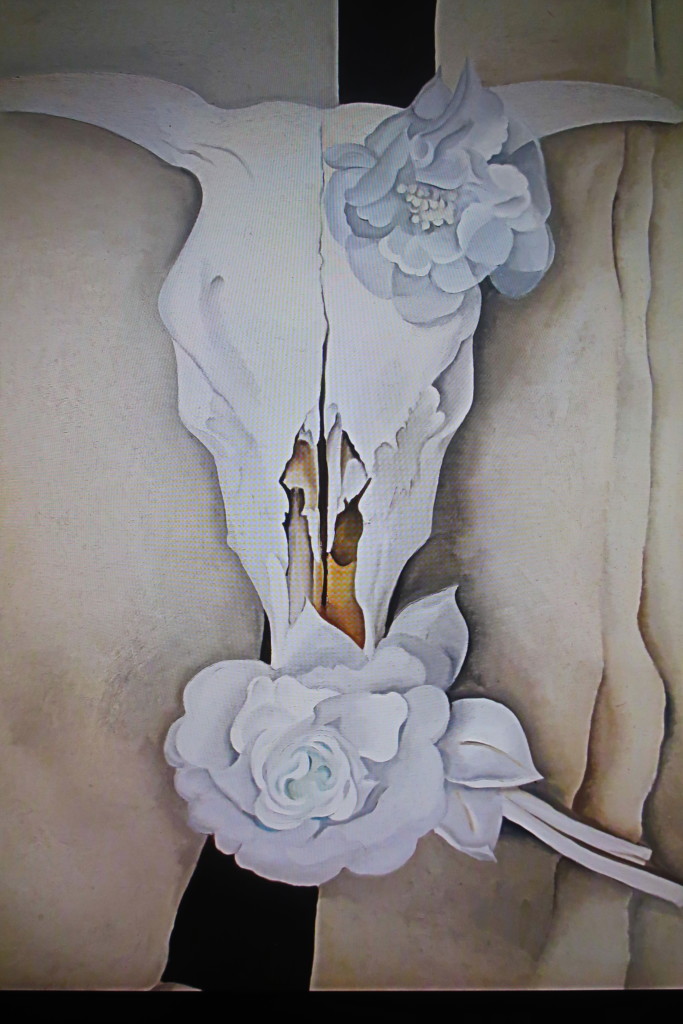
Georgia O’Keeffe is known as the “Mother of American Modernism.” My favorite painting is “Above the Clouds” made in 1962.
In the museum there is a large photograph of her on a Harley Davidson known as a “Knucklehead.”
Georgia lived well into her nineties. Most major art museums will have at least one or two of O’Keeffe’s paintings. The 1932 painting “White Flower No. 1 or Jimson Weed” sold for 44 million dollars making O’Keeffe the highest paid female artist in the world.
One of the favorite places to stay in the center is the exclusive La Fonda Hotel. The name La Fonda stands for “the inn” and the site has been in existence since the cities birth. What you see today is the reconstructed version from 1912 as the original burnt down. Most buildings and Inns in Santa Fe have adopted the “Adobe” architecture.
In the 1880s, La Fonda became part of the Fred Harvey Company. These hotels where exclusive places were people would stay as they journeyed along the railroad going west or east. Young women were encouraged to travel west and work in a Fred Harvey hotel.
We took a lovely tour through La Fonda. Our docent told us of the unique history of the place and city.
The glass painted panes in the restaurant are special.
There is a popular restaurant on premises.
I thought the rooms were rather small for the prices that are paid.
We even saw the interior pool from a distance:
Across the street is The Cathedral Basilica of St. Francis of Assisi.
On another street is the famous “Shed” Restaurant serving New Mexico style food. Not having reservations, we had to wait. The food was good, but not spectacular.

Coming from the street into a small alley, there are a number of boutique stores. One place had an assortment of hanging balloons that I found interesting.
We actually stayed about a quarter of a mile away in a comfortable hotel called “Inn of the Governors.”
Our second visit the hotel upgraded us to a larger room—with a balcony.
There is a good size buffet breakfast. I enjoyed eating the scrambled eggs with chiles.
In the evening they offered “Sherry” and “Biscochitos.” The last name is for a delicious cookie. I found out later that the cookies are made with a certain amount of “lard.” They were good though!
The fireplace area is quaint and inviting.
On our second visit in 2018 it was warm enough to take a swim in the enticing pool.
By chance and at the pool, I met Dr. Rose Stewart who teaches Spanish at the University of Victoria in British Columbia. Come to find out we were classmates at Ohio Wesleyan University. We both loved a certain history teacher—Dr. Anna Macias. It is indeed a small world.
The Inn is connected to a restaurant known as “Del Charro.” By booking directly with the hotel, they give you $15 coupons for each day at this restaurant.
Del Charro is known for their delicious Margaretta’s.
I thought the hamburg was pretty good too.
We definitely enjoyed the nachos.
Not far away is the historic Loretto Chapel. This was once a Catholic Church, now a museum.
The “Miraculous Stairway” can be seen. This fine wood-working piece is without a center rod.
The TV show “Unsolved Mysteries” made the staircase quite popular with several legends and “mysteries” about the structure. Get their early if you ever want to get a good picture without people.
Less than a half a mile is the Santa Fe State House. Unlike many other capitals with domes, this one is constructed as a “Roundhouse.”
The rotunda is special.
Most of the time the authorities will allow you to freely (when the legislature is not in session) view the millions of dollars of artwork inside. We enjoyed the 1992 “Buffalo” piece by Holly Hughes. The sculpture is made of items that normally would be discarded.
In walking distance is the famous Canyon Road. This is the area where many artists have their galleries. The boy reading the book sculpture we found interesting.
Also, there were several statues of Indians.
At one time in America, Indians were thought of as “savages.” One can see where the word “savages” was removed from the obelisk in the main plaza. It is fascinating what time does to history and the revisions that come forth.
What was extremely captivating was the 12 foot long and 8 foot high “colossal horse head (known as Helicon)” by the sculptor John Sherrill. This statue is a cousin to a 36-foot-high statue at the El Paso Texas airport known as “The Equestrian.” I am not sure if this sculpture is even there today as this sculpture was for sale (limited editions!).
There are a number of interesting sites to view outside of Santa Fe. Traveling northwest forty miles is a lesser-known National Parks called “Bandelier.”
During high season there is actually a shuttle from the town of White Rock that will take you inside this small park.
A National Park officer will greet you and tell you what you can see. There is a small pavilion that houses a museum.
A short one-mile hike is a must. Inside the canyon is the remnants of an Indian village.
Preservation and restoration are major keys to our National Parks.
There are also small caves that one can climb into.
Into the brush, we located a relaxing deer escaping the mid-day heat.
Not far away from Bandelier, is the scientific community of Los Alamos. This is where the atomic bomb was developed. The facilities are still there but off limits as it is still a working government site. The area is known as “Big Pine” country and has an average elevation of 7,300 feet.
In the city of Los Alamos there is the Bradbury Science Museum. At first I thought the center was named for the “science fiction” writer Ray Bradbury. Come to find out the center is named for Norris Bradbury, who worked as a Director for Los Alamos for twenty-five years.
Through hands-on exhibits the history of the atomic bomb is told. There is a good size theater for a show that I don’t remember.
There are two life-size statues of the main people in the atomic bomb’s development: Major Leslie Richard Groves and Dr. Robert Oppenheimer. If an atomic bomb ever ruins your day, these are the people to blame.
Going twenty-five miles northeast of Santa Fe either along the famous Route 66 or I-25, is Pecos National Monument. A number of kivas can be seen (Indian ceremonial sites) and remnants of an old Mission church.
The mile walk was indeed interesting, but you are warned about rattlesnakes.
It is at Pecos National Monument where the Glorietta Pass Battle took place during the Civil War. Unfortunately, the battlefield is separated by the highway, and tours were at a minimum.
Lastly, if you want to see what the heart of New Mexico actually looks like, please drive “The Turquoise Trail” which goes north or south from Albuquerque. On Route 14, a fifty-four miles long road, is part of the National Scenic Byway system.
This is the road to take if you want to get to the eastern side of Sandia mountain.
We enjoyed the scenery along the Turquoise Trail for sure.
There are a number of places to see unique sculptures along the route.
Half-way is the town of Madrid. Formed in 1895 as a coal-mining town. It produced a coal called “Anthracite” which was favored for trains as it burned cleaner.
It was a pretty big town back in 1920s. In fact, baseball was a major prime time activity. The town boasted the first lighted ballfield west of the Mississippi.
We just briefly stopped in Madrid and was able to take a picture of this dwelling of a town that has over 200 people today. Yes, that is a Santa Fe railroad car.
Most recently, Madrid’s “Shaft Tavern” was used in the scenes in the “Longmire” series, known in the show as the “Red Pony.” If you like Westerns, this is a good modern day Western-sheriff series with a handsome looking Australian actor.
